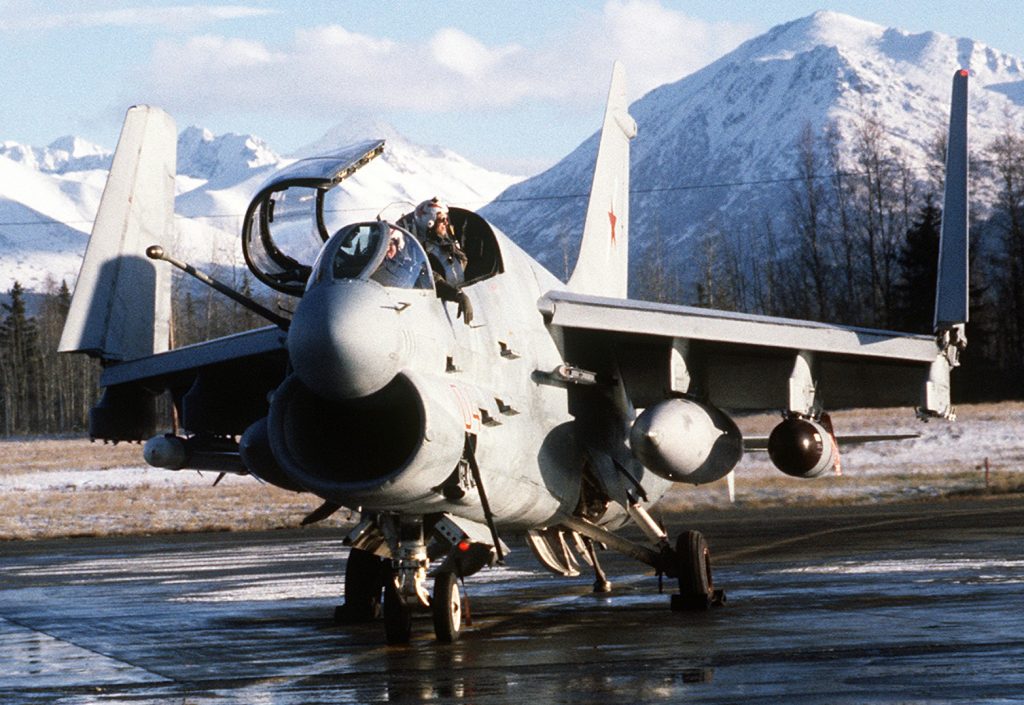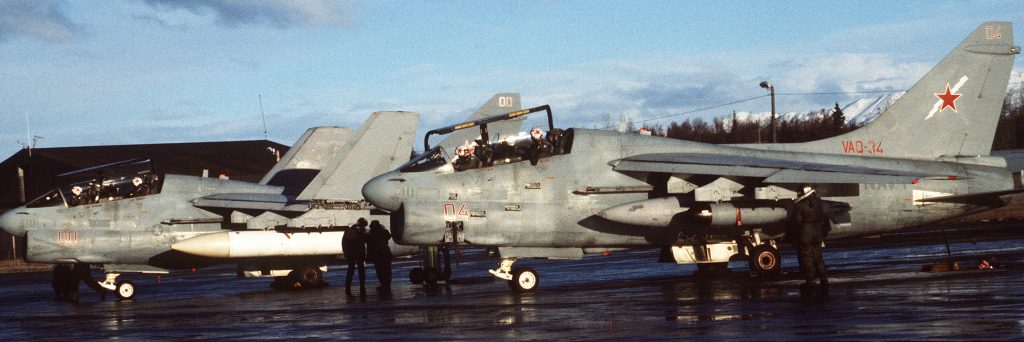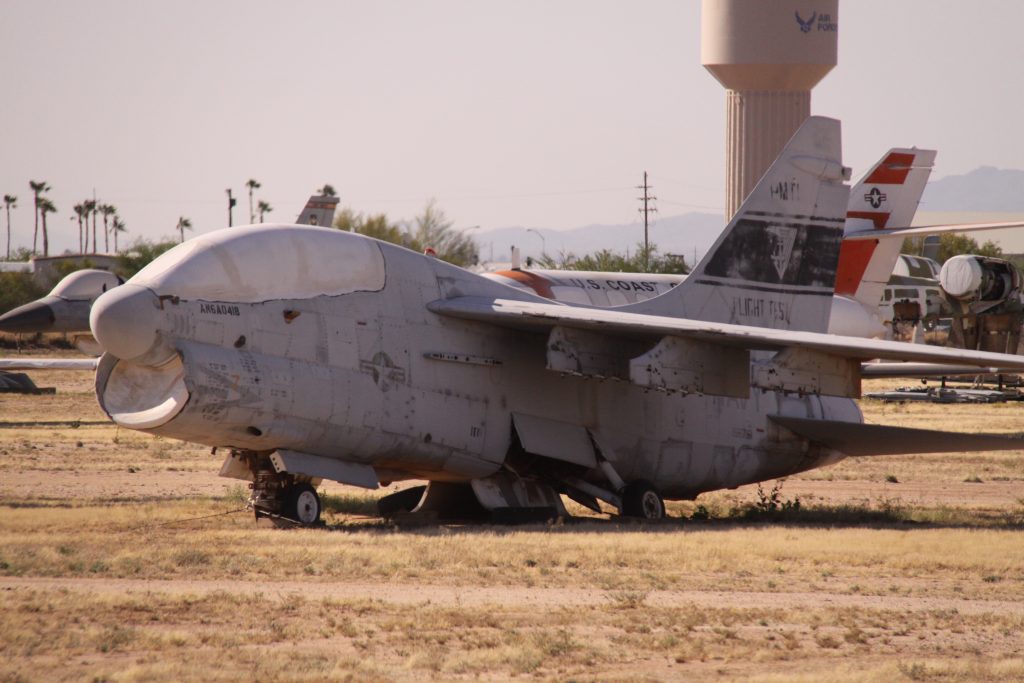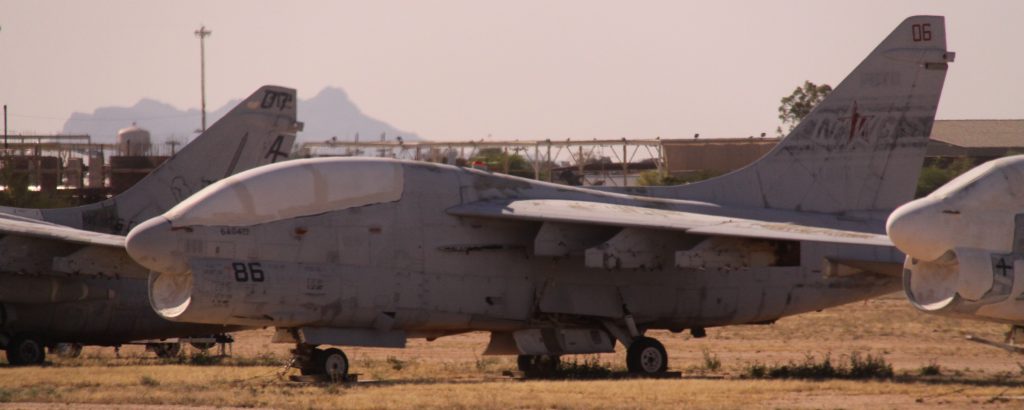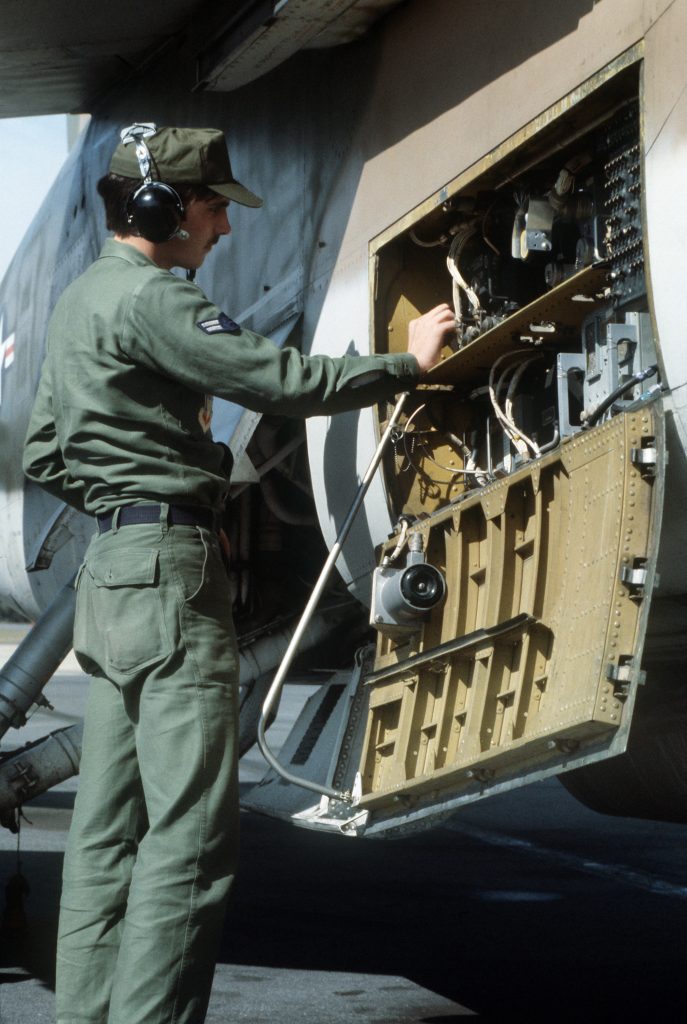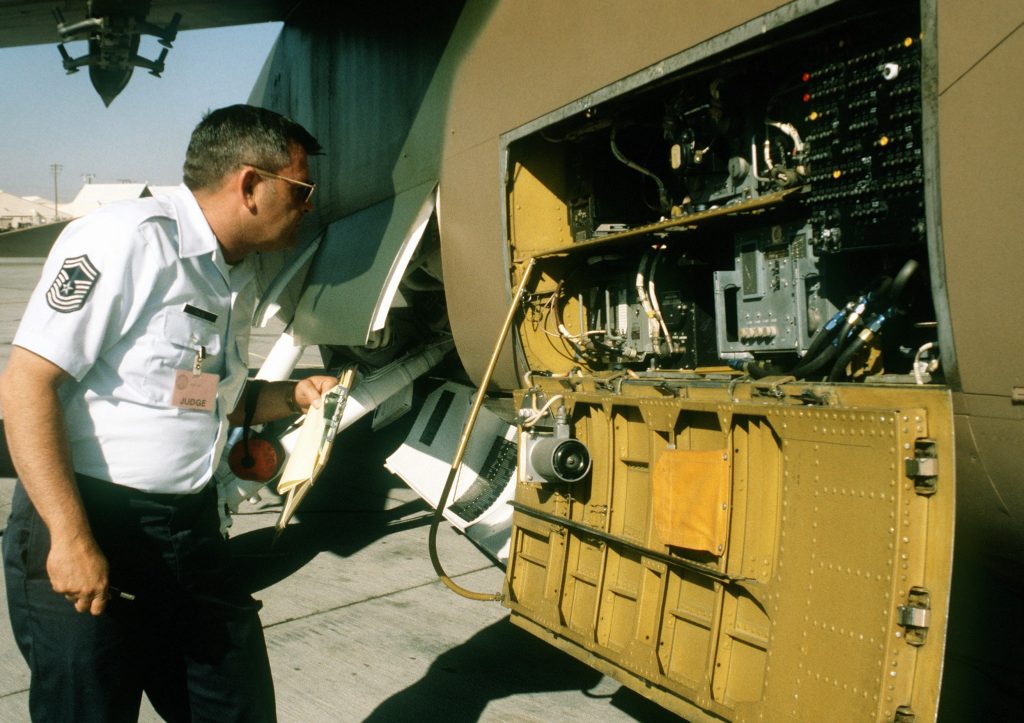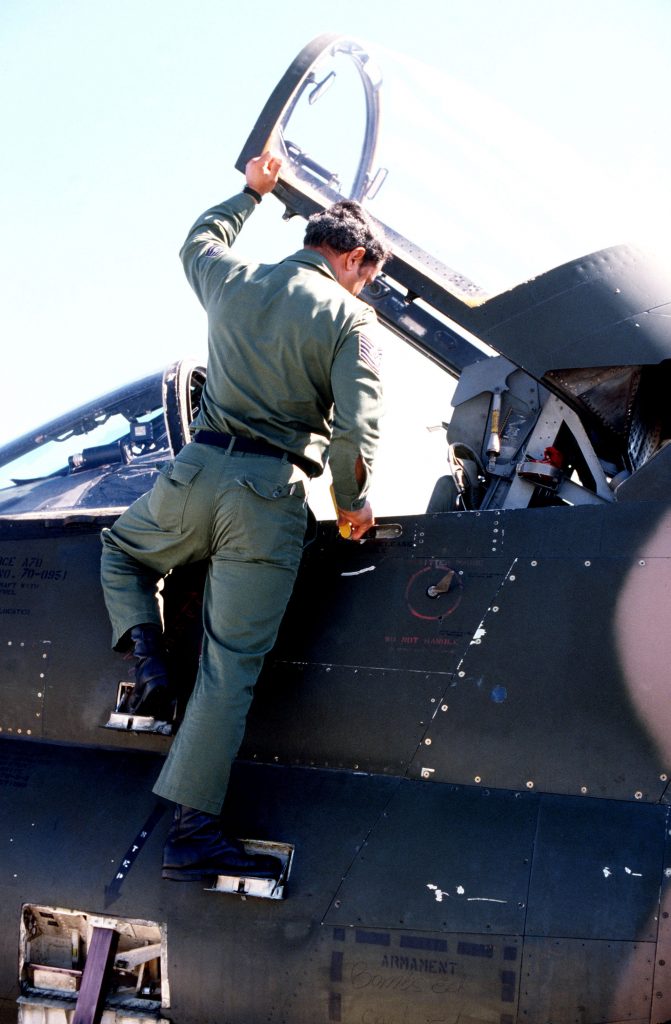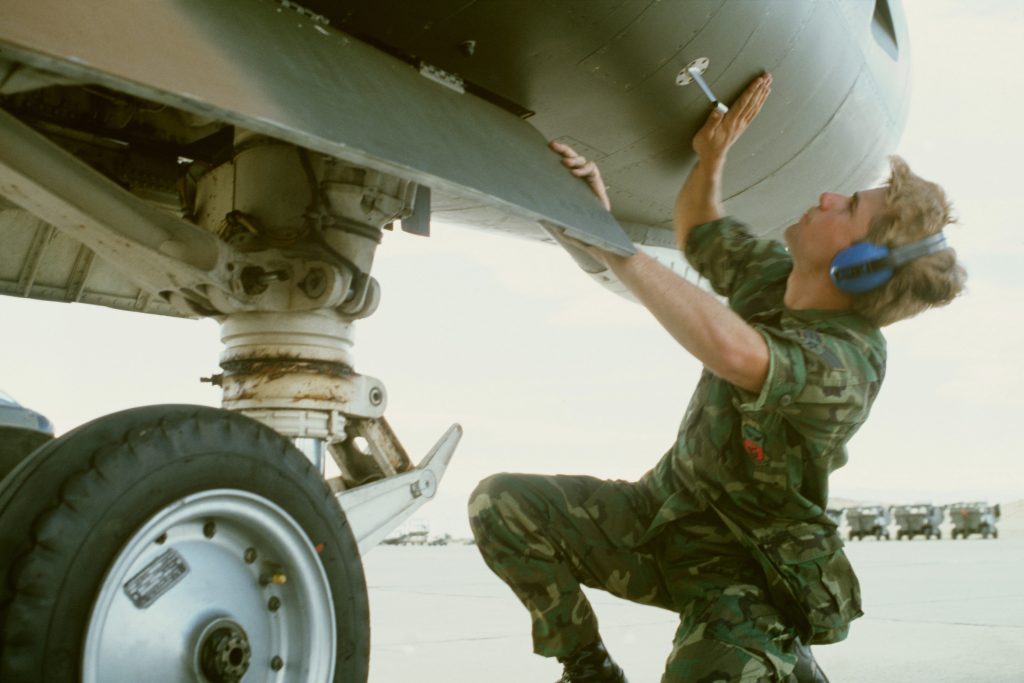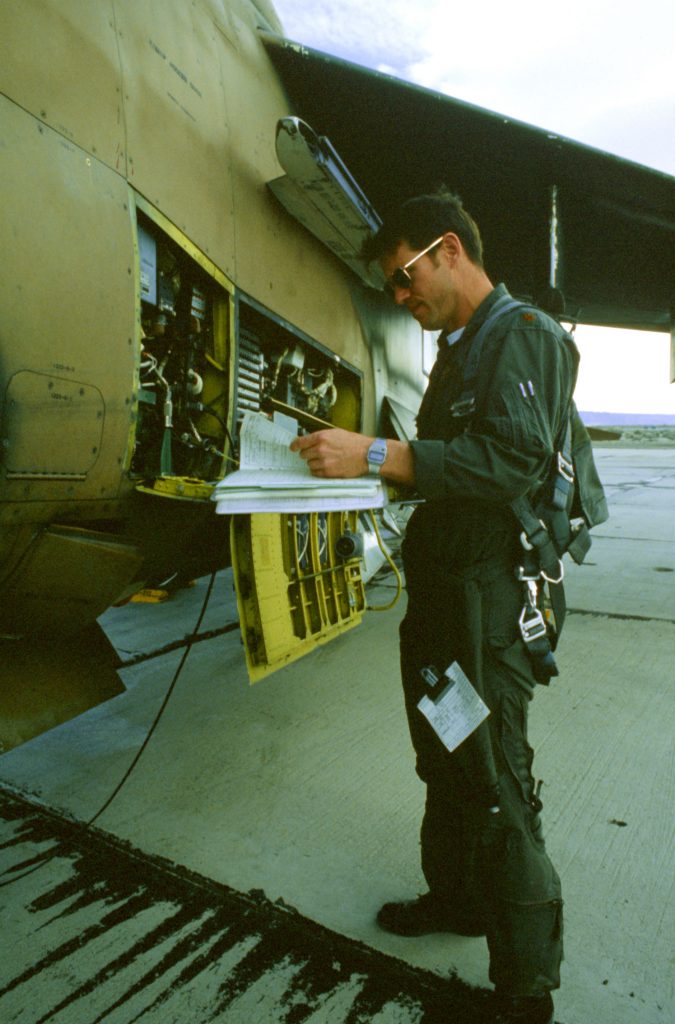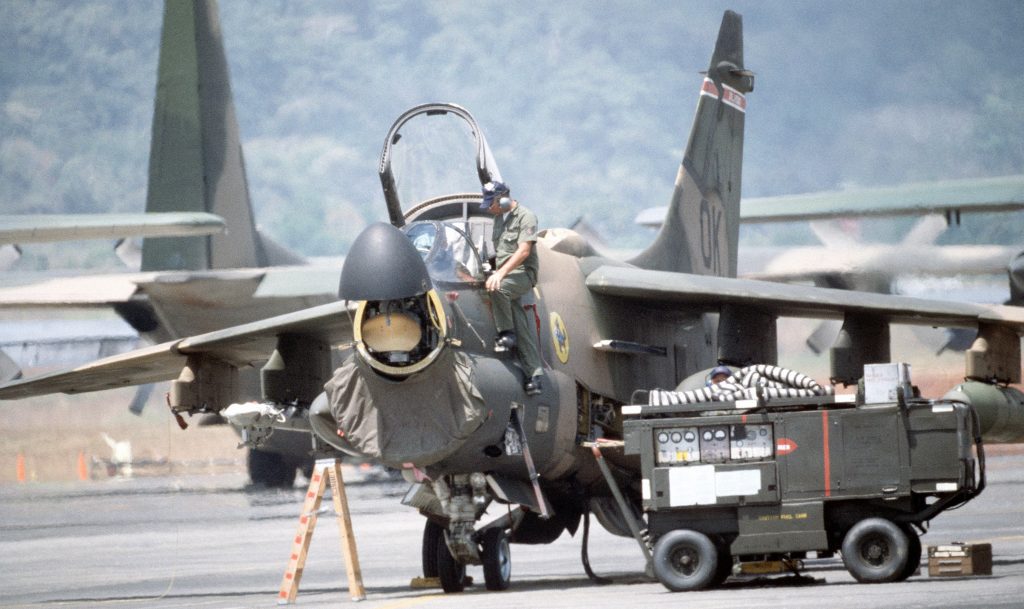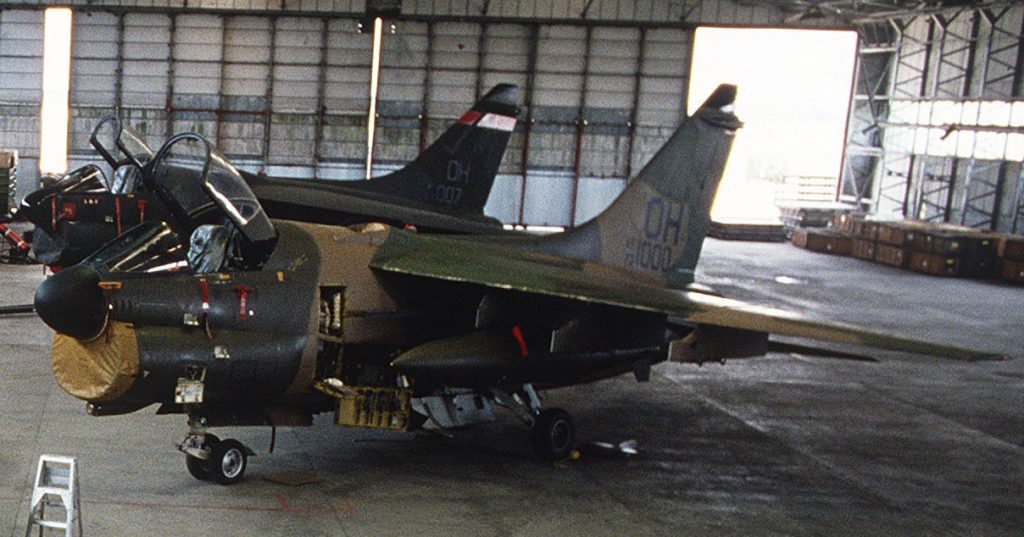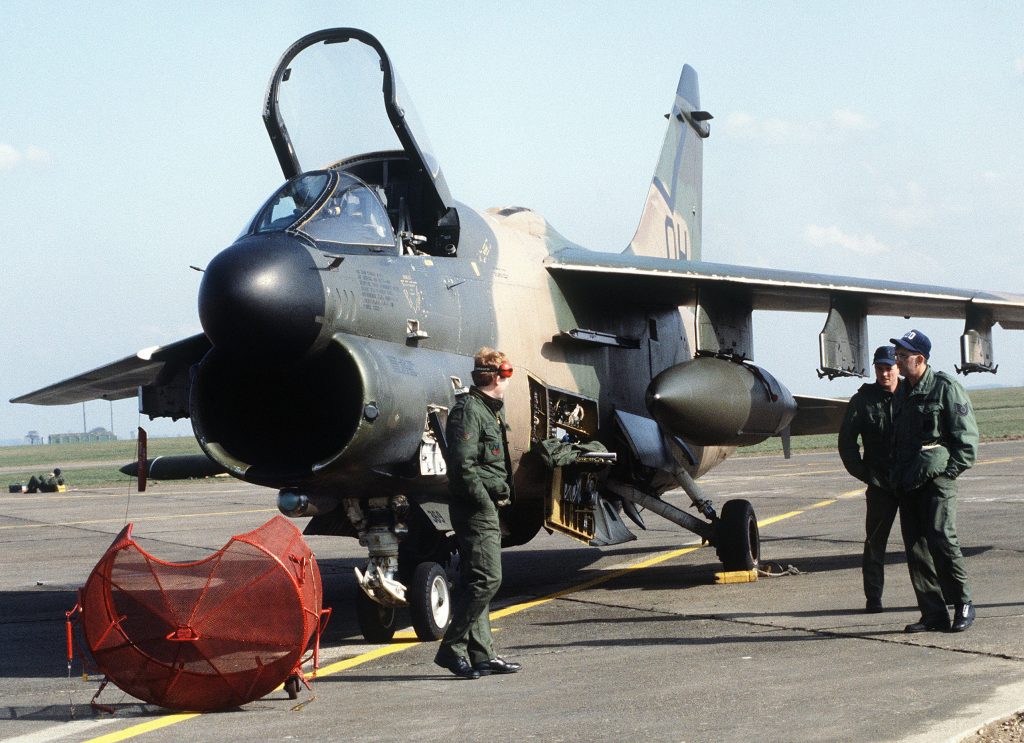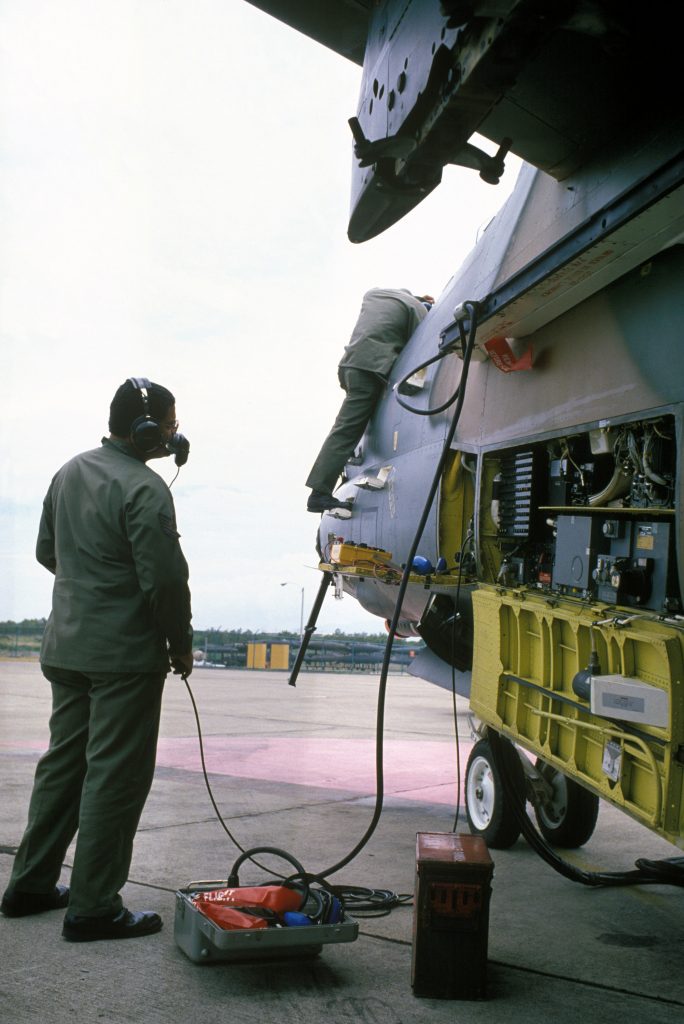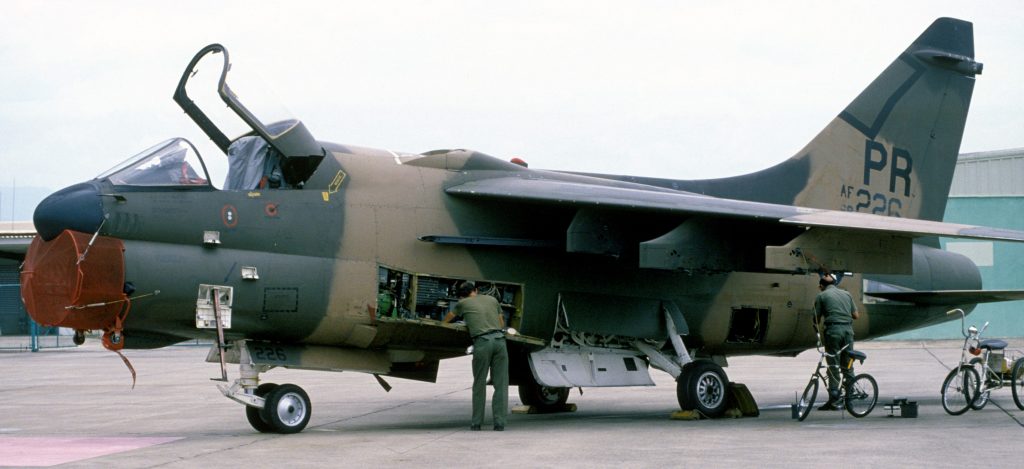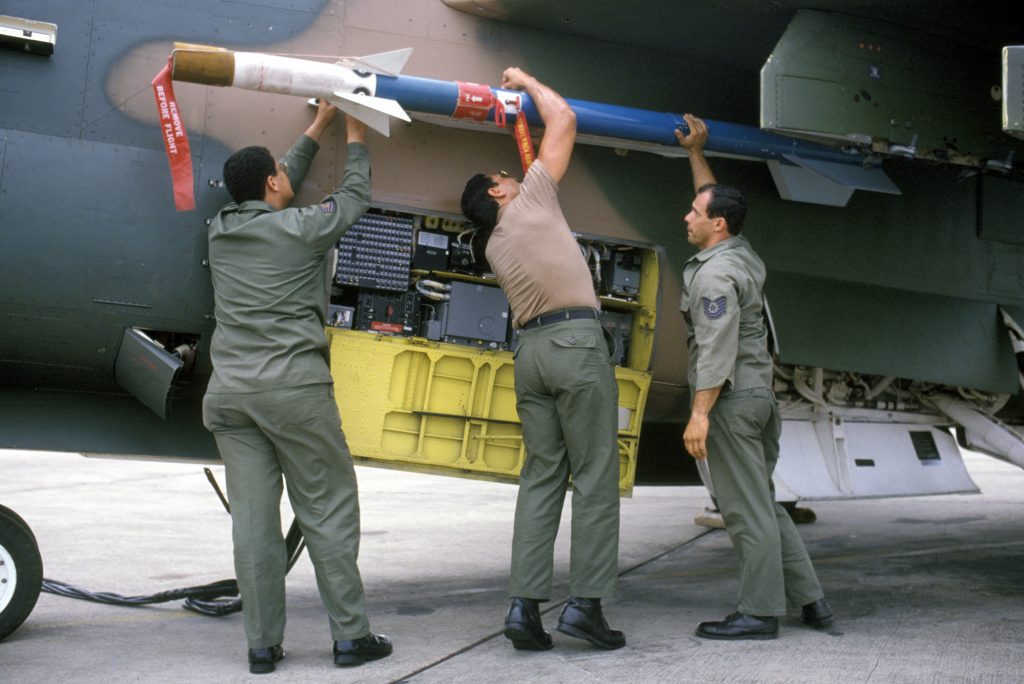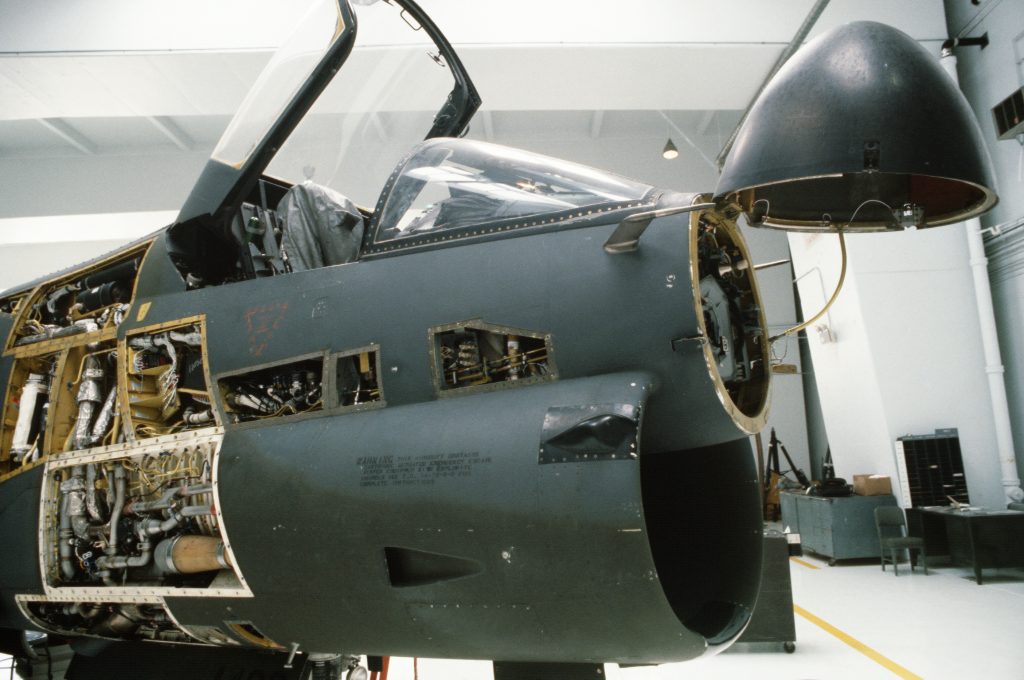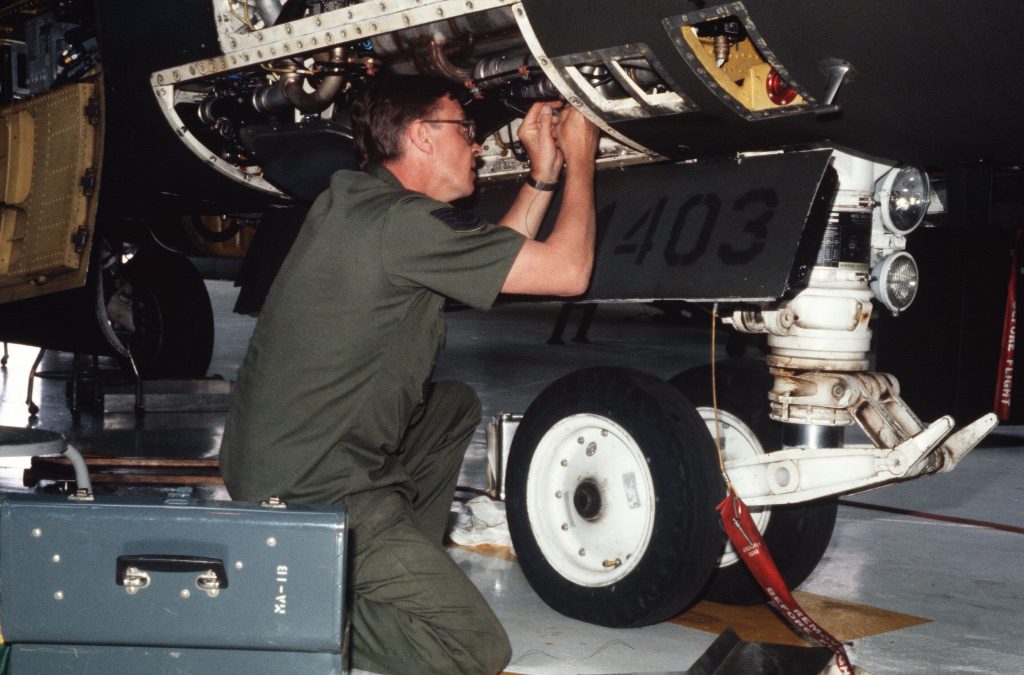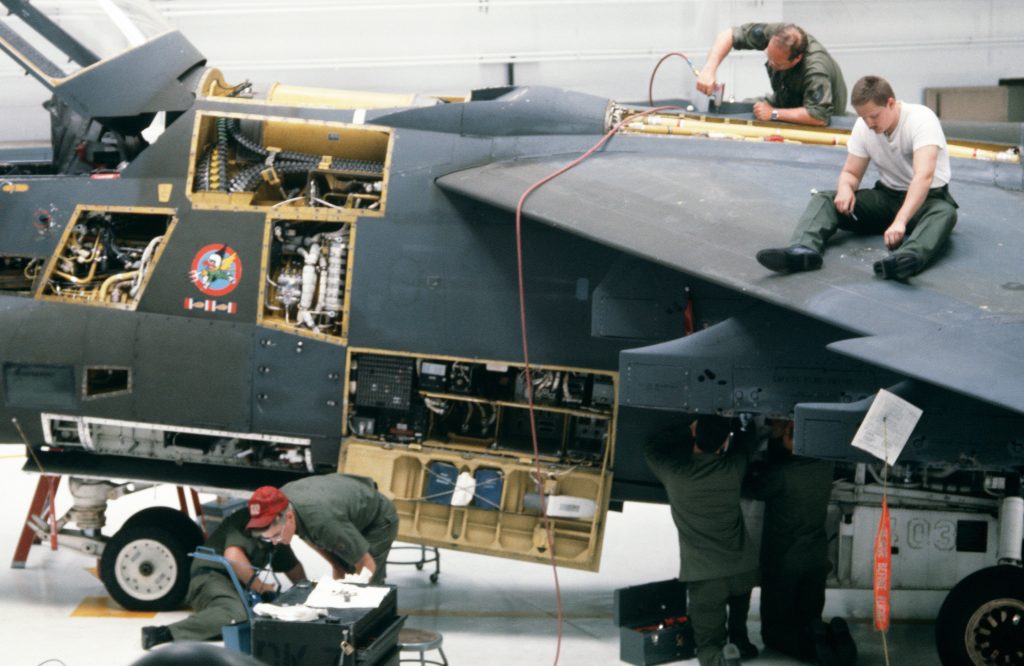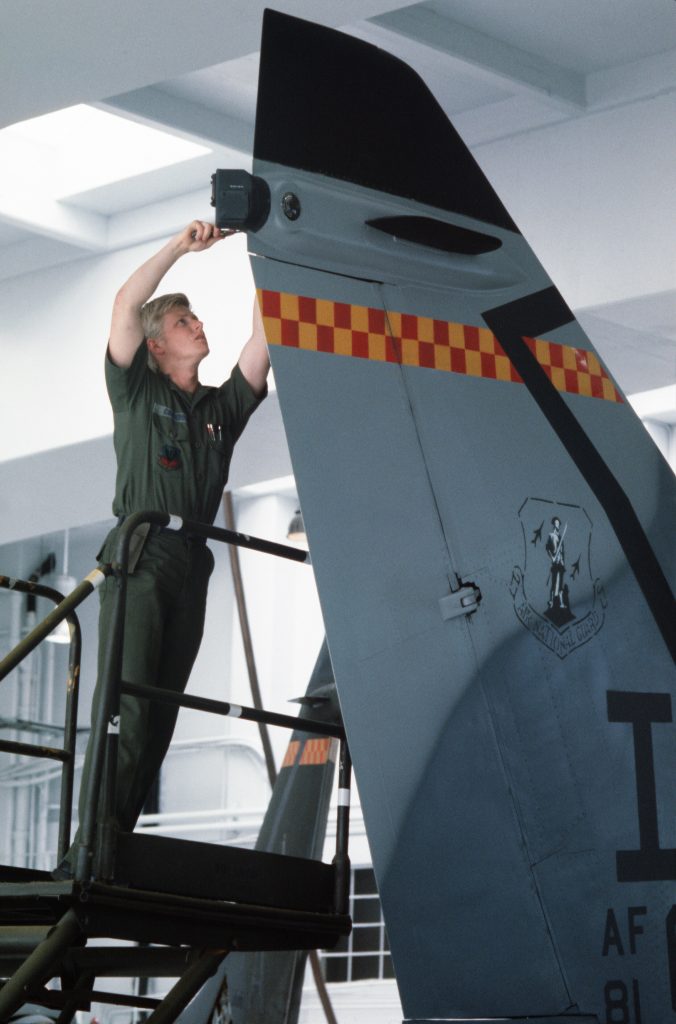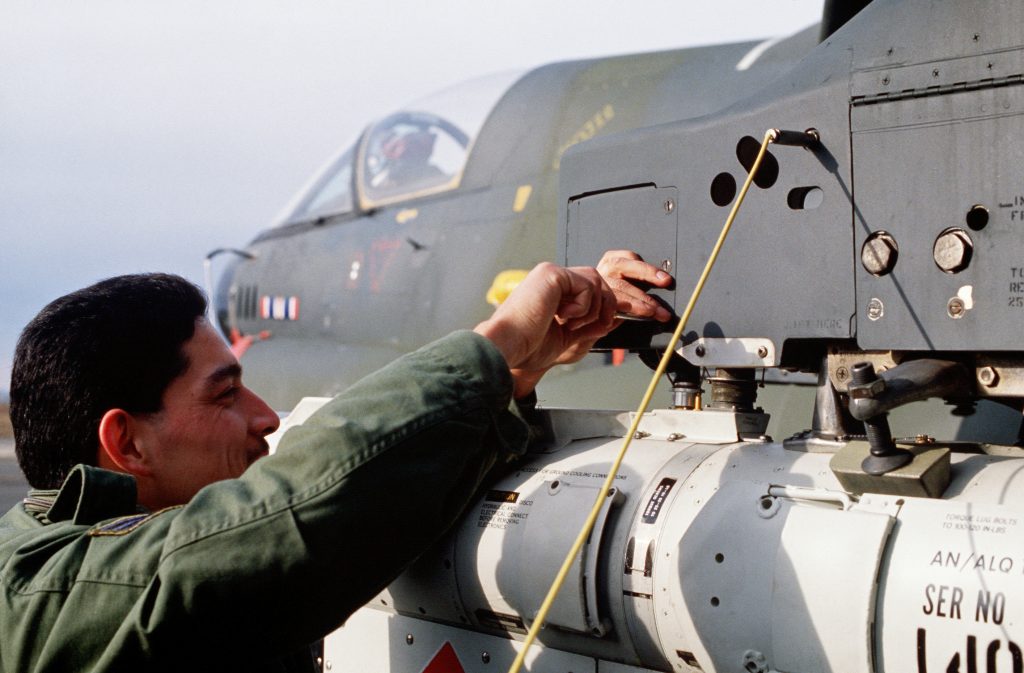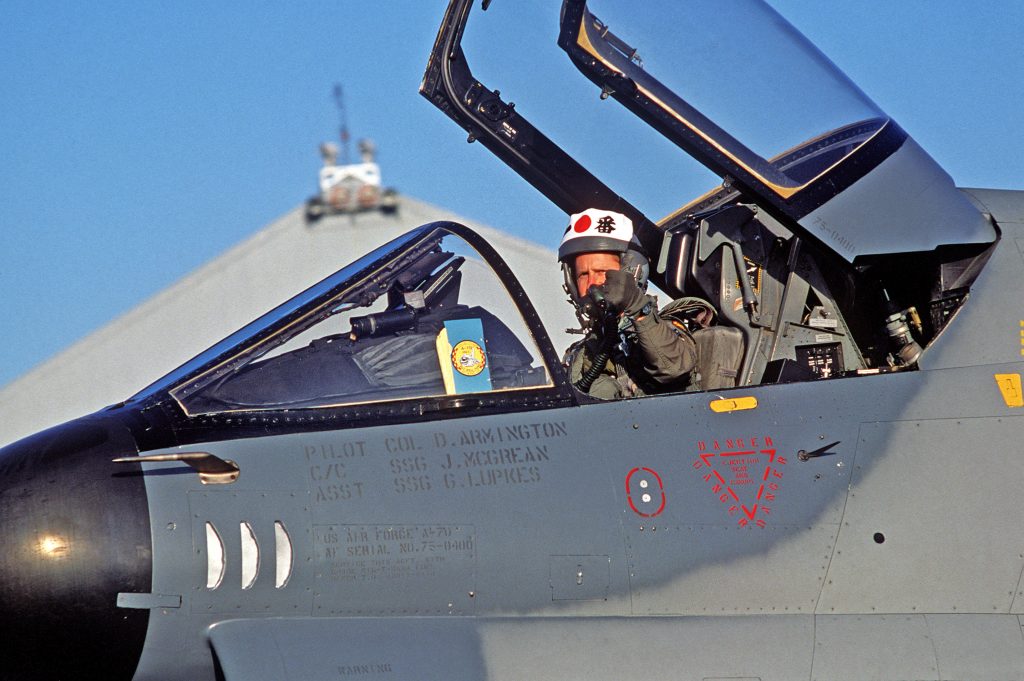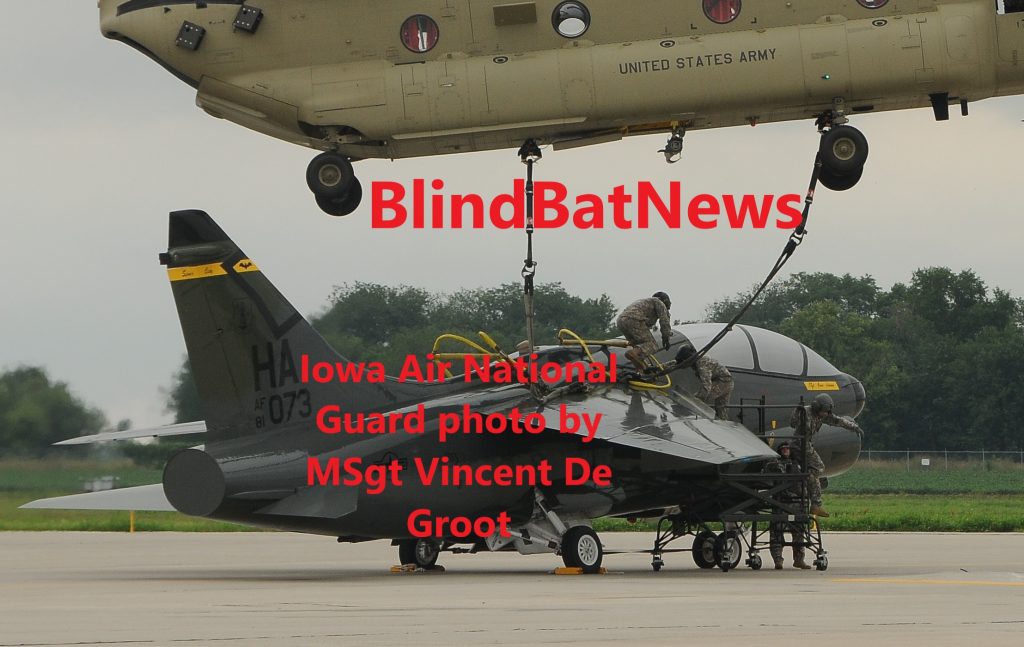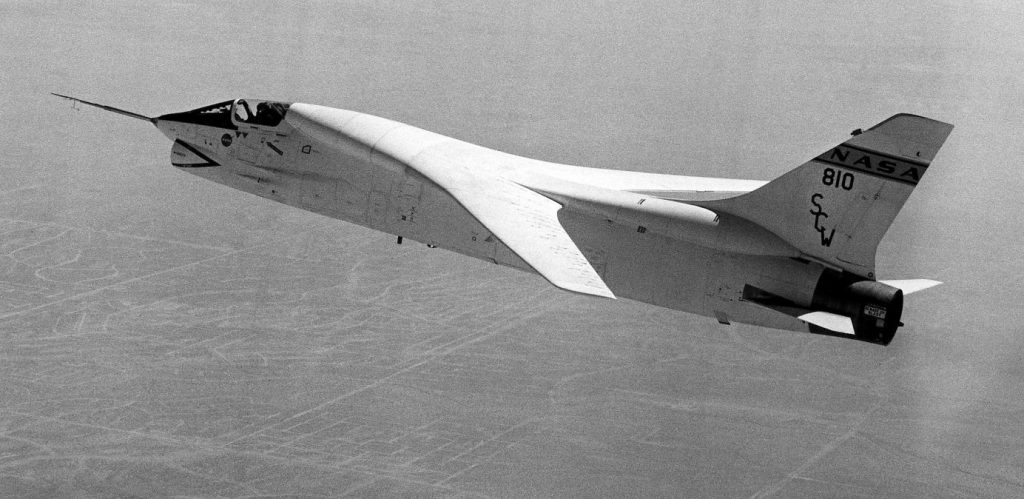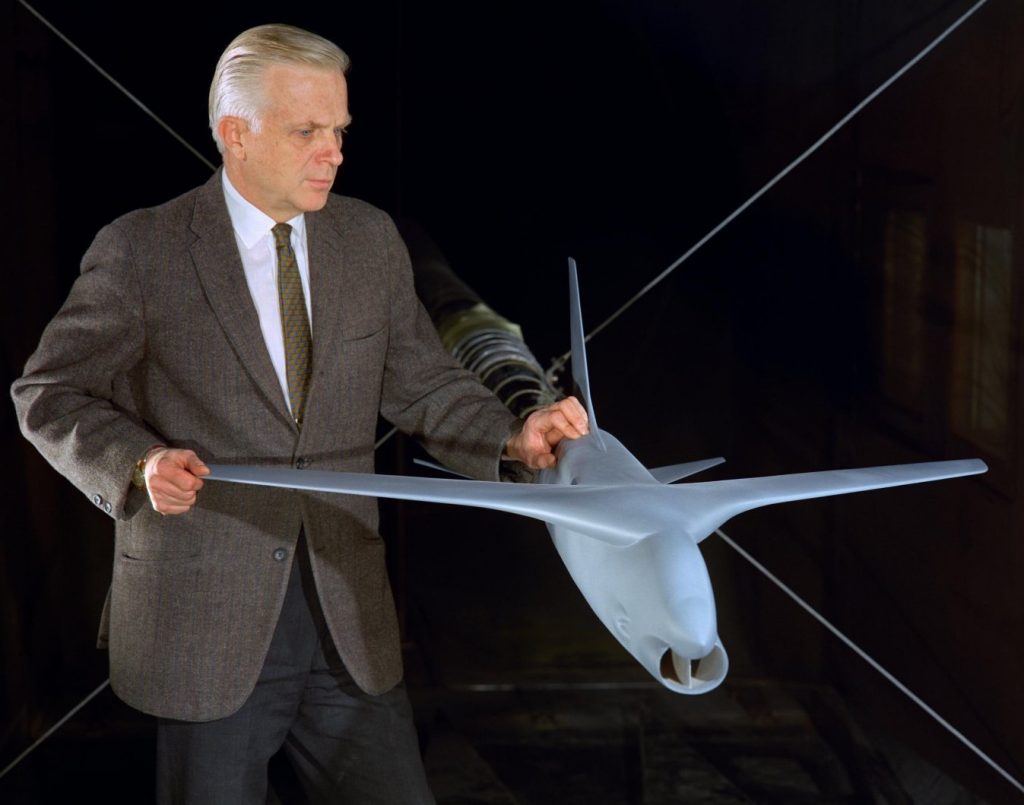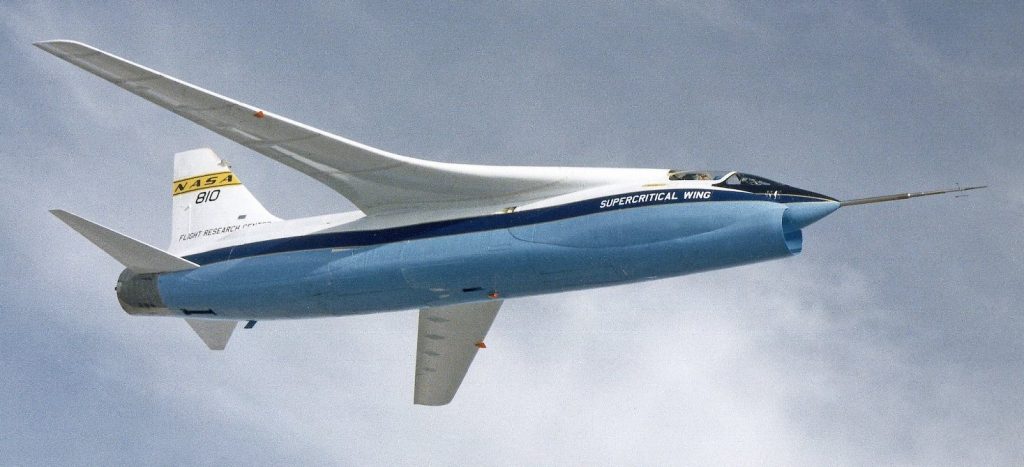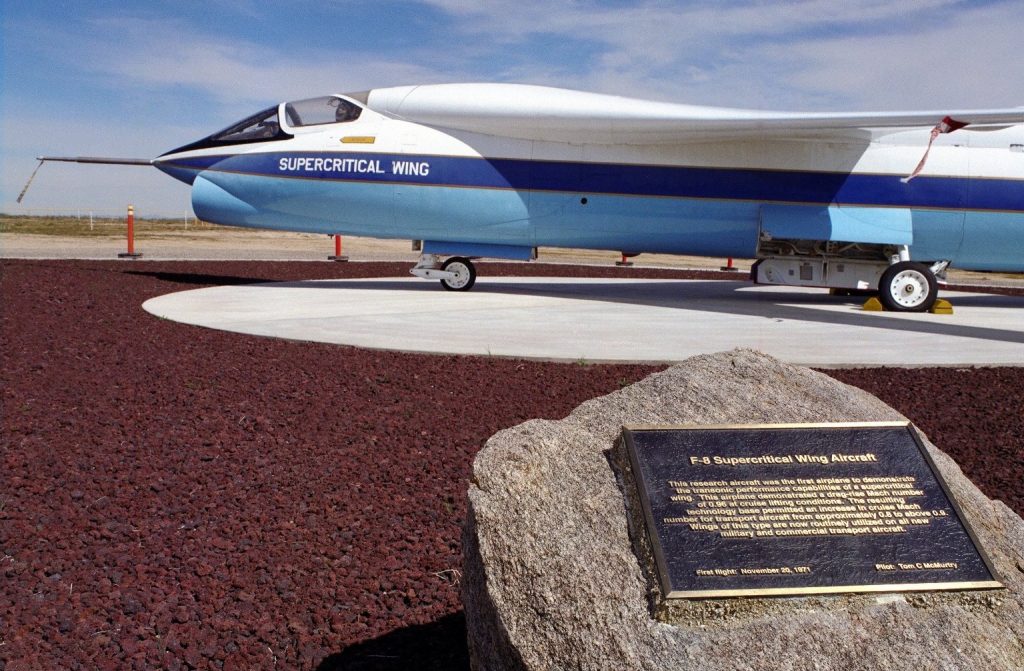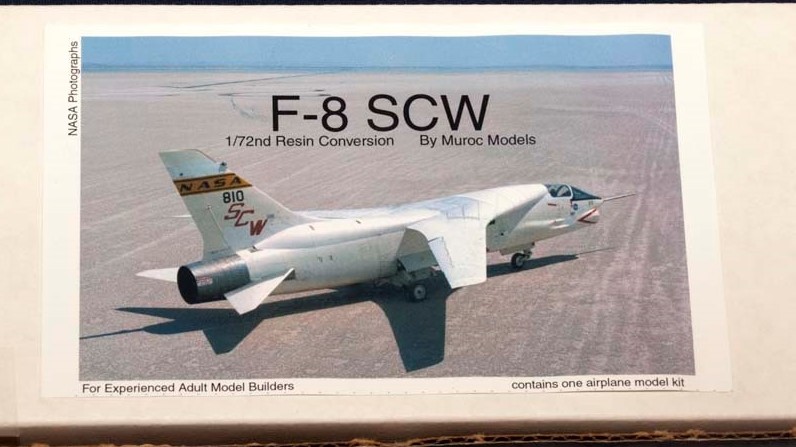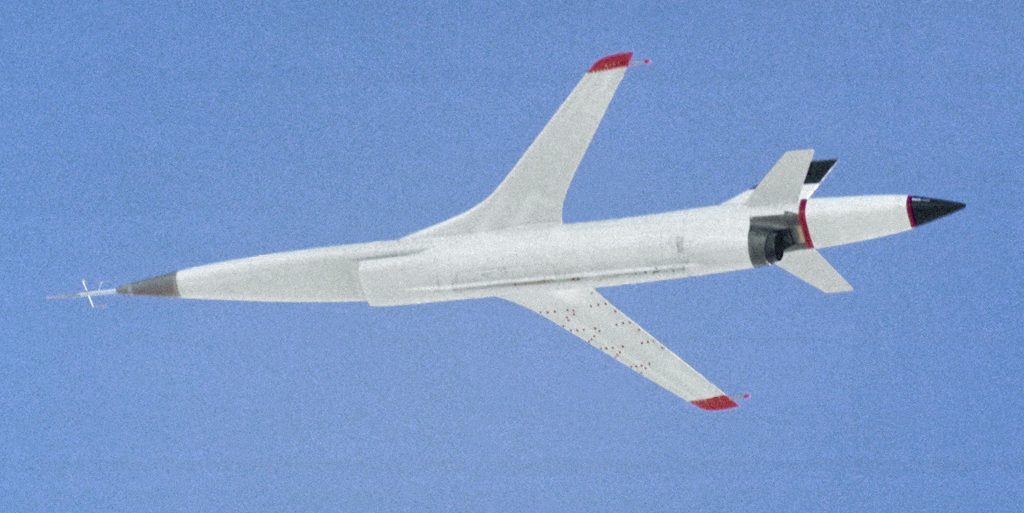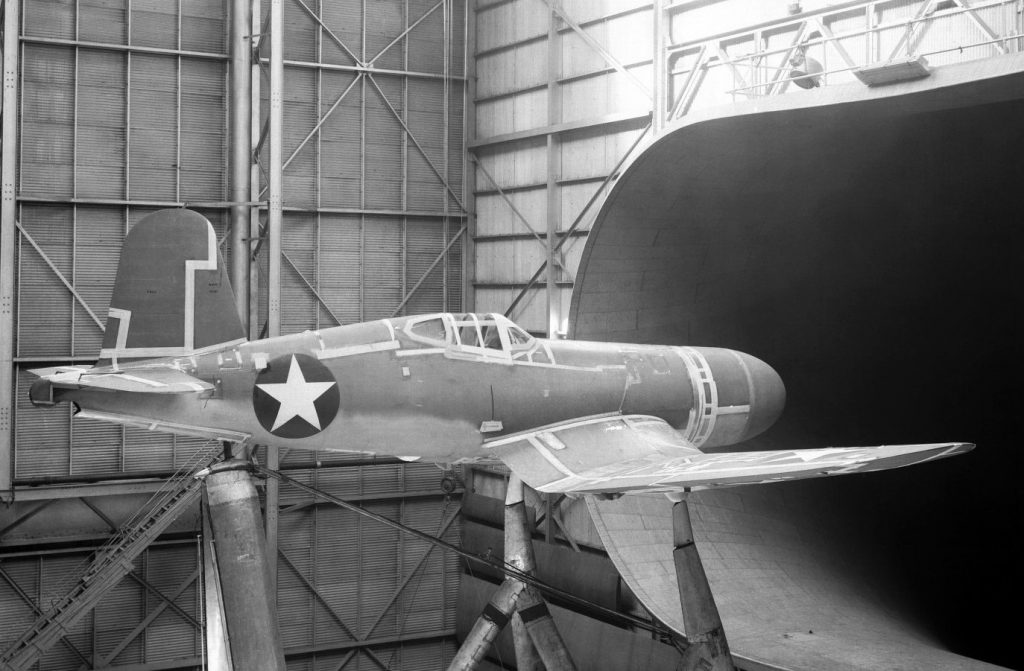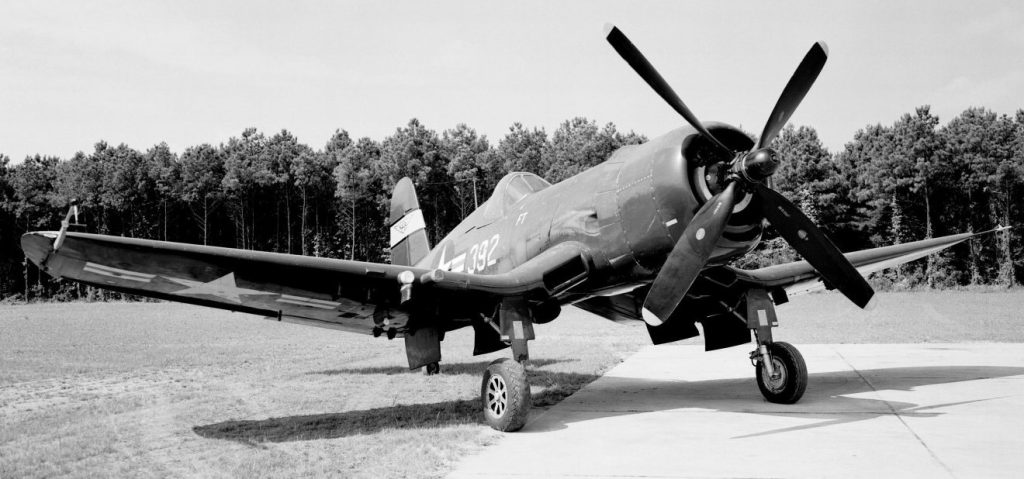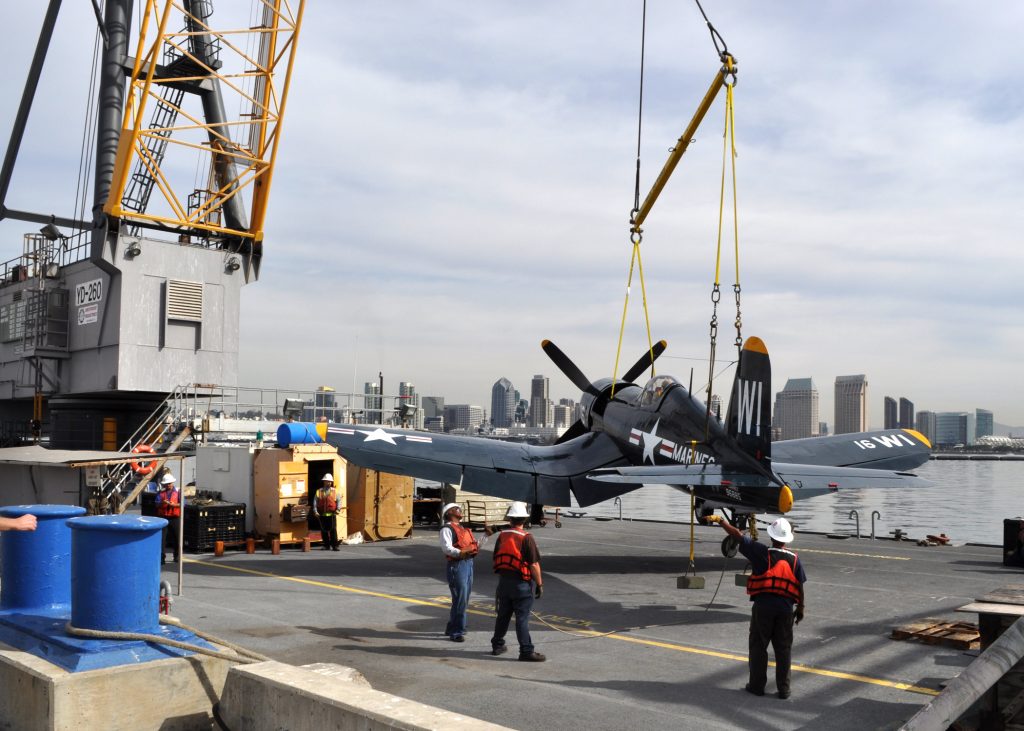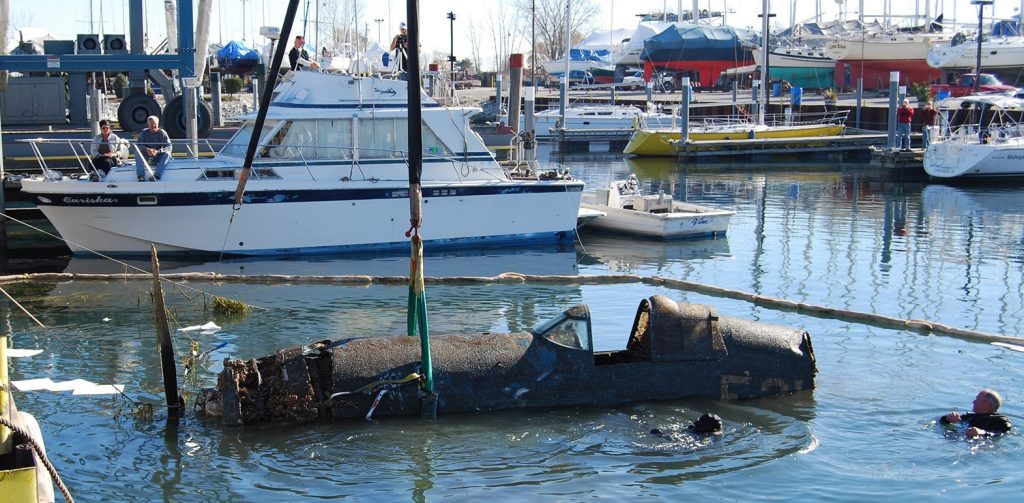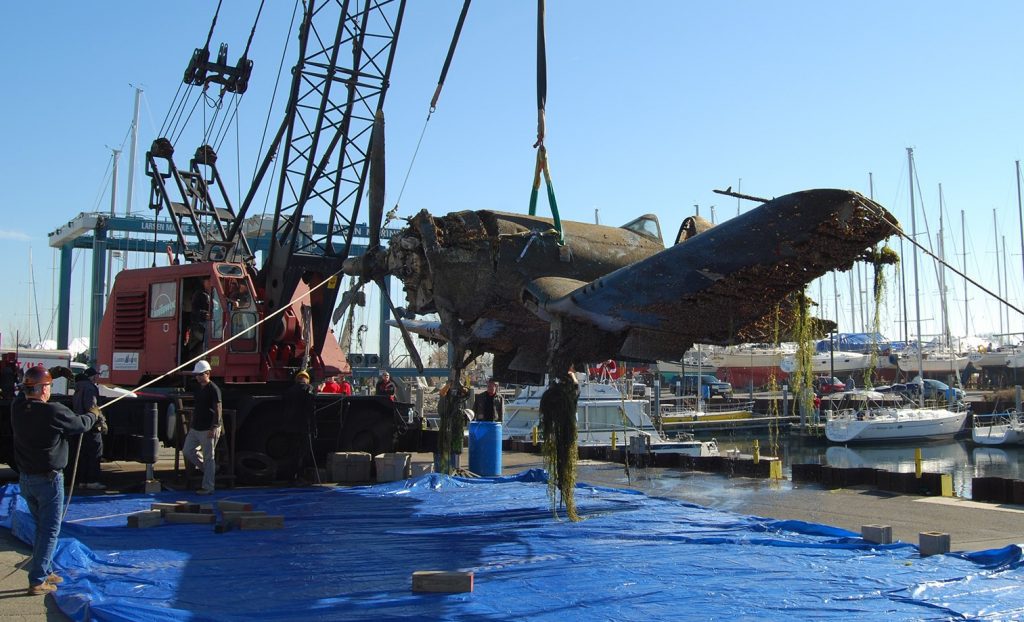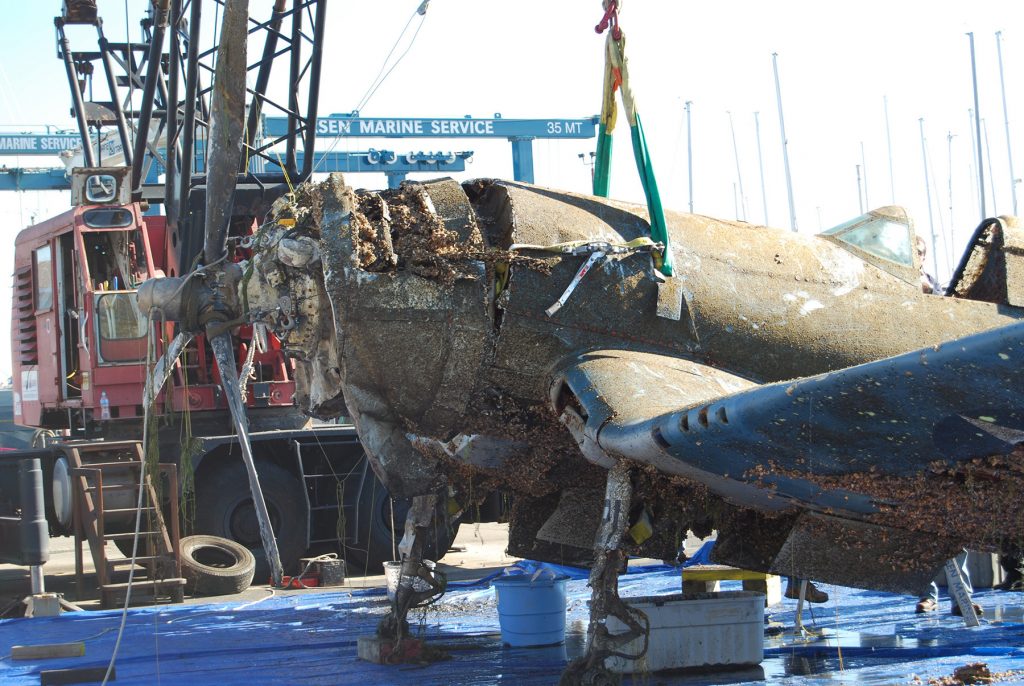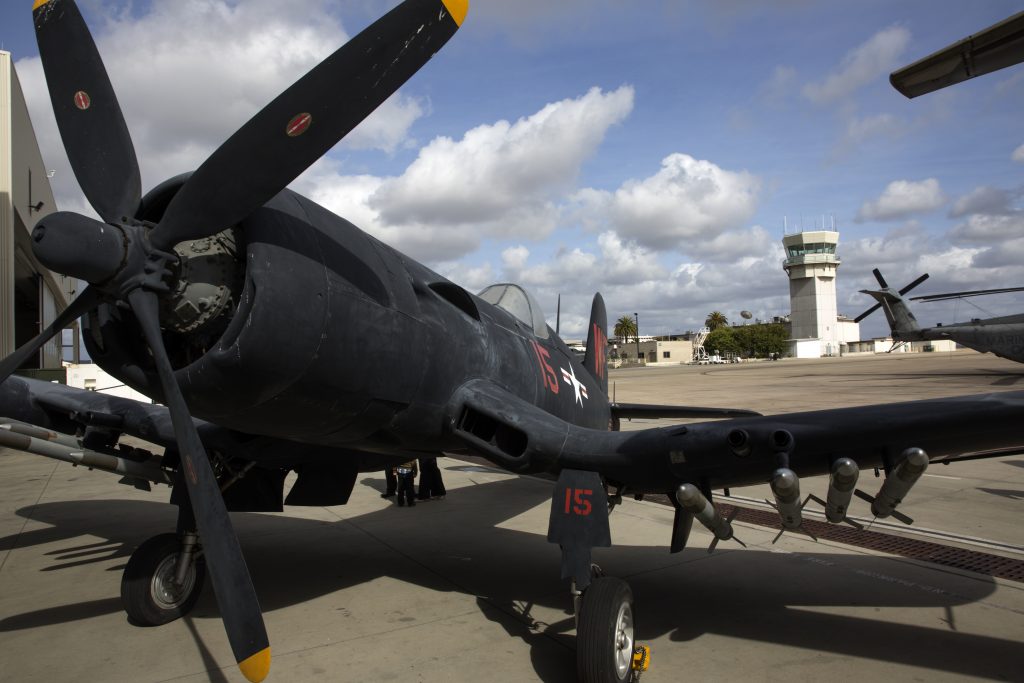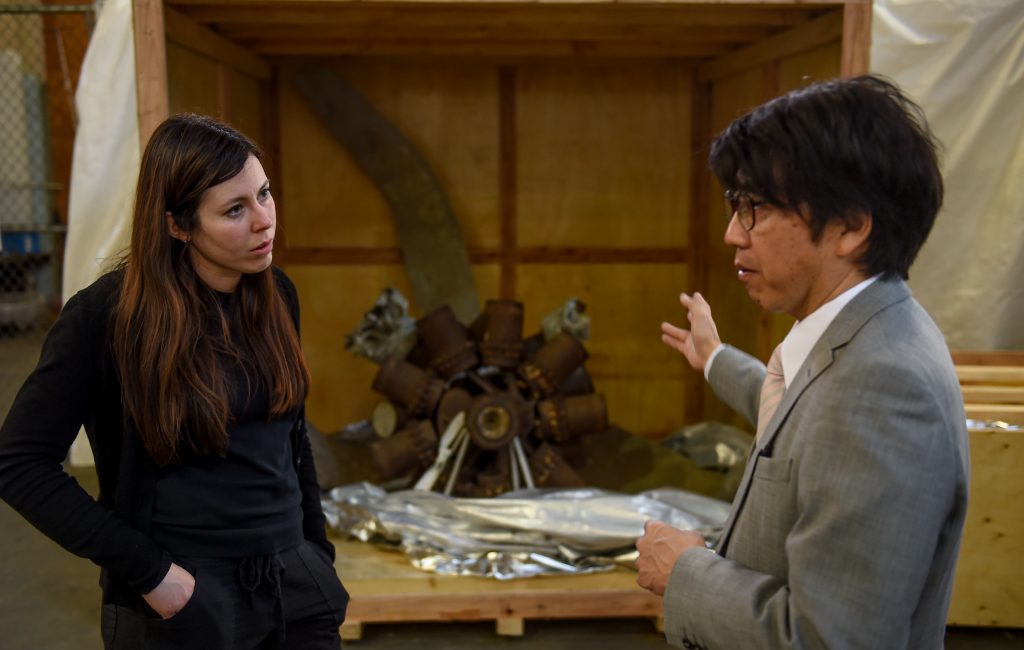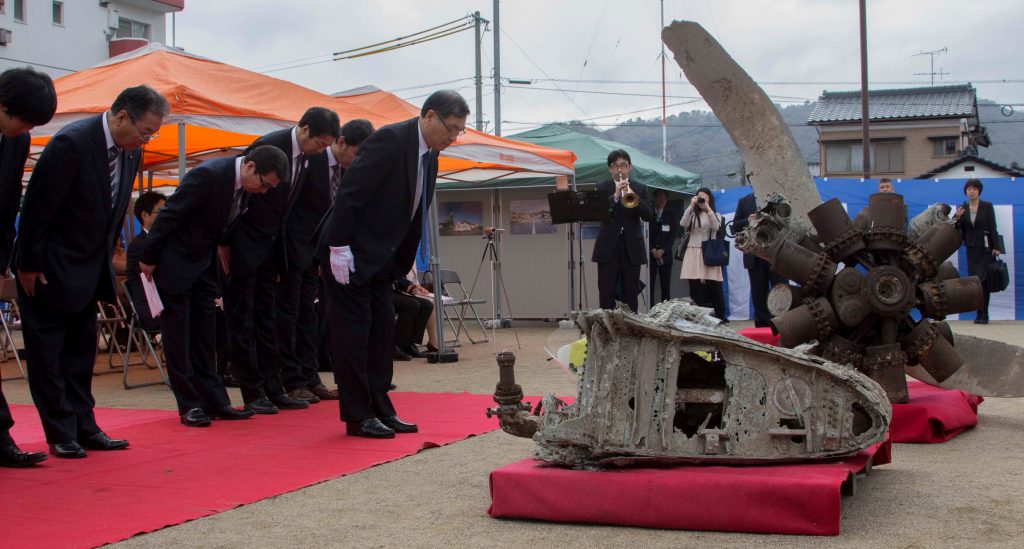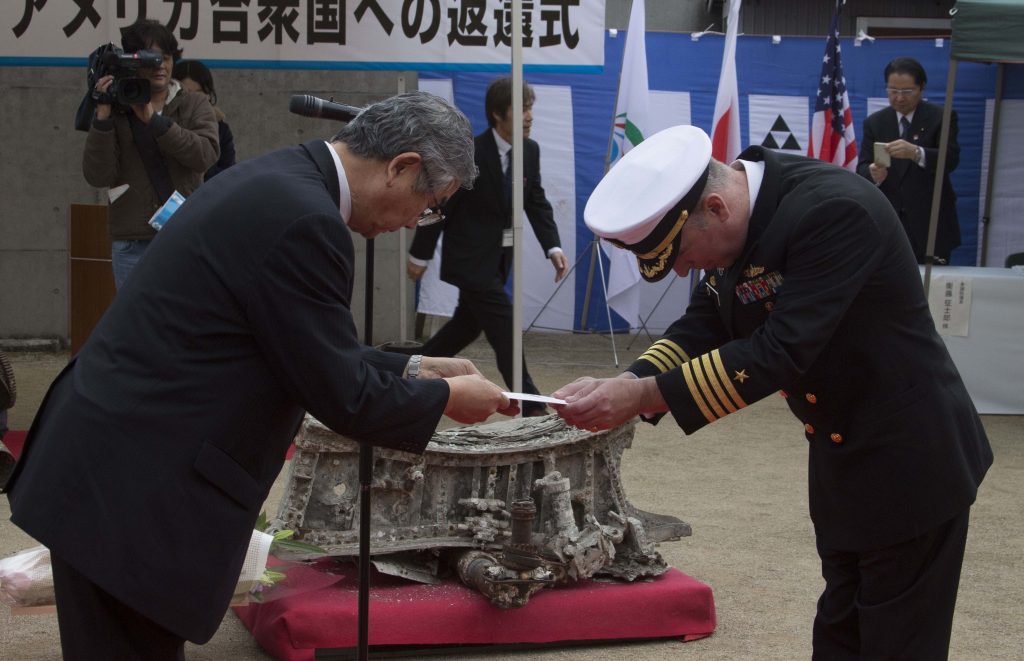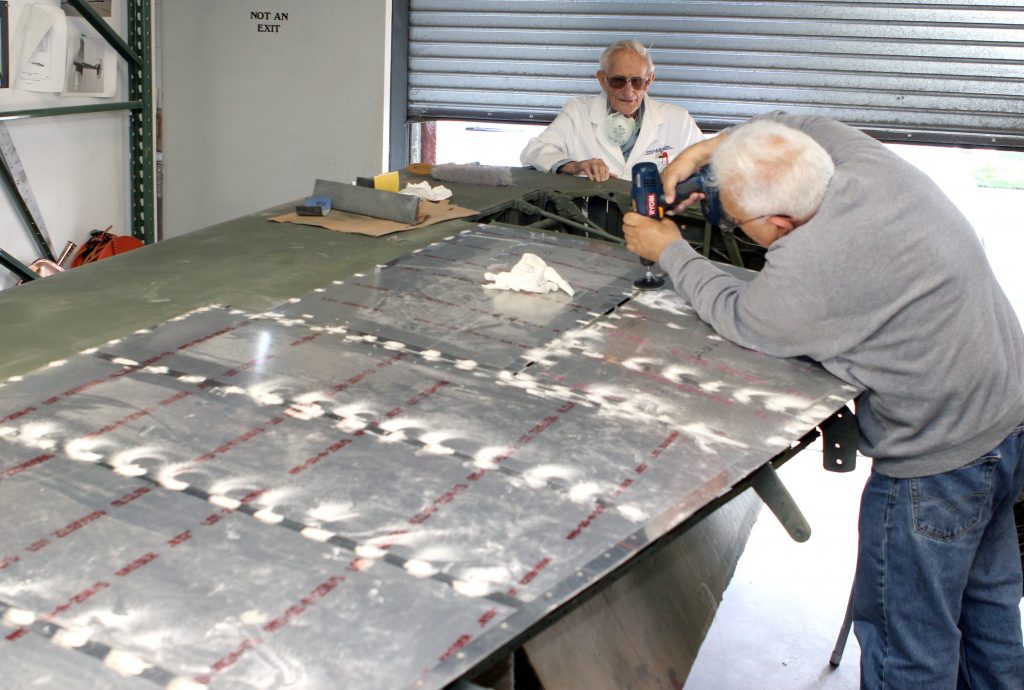Moody Air Force Base, Georgia, George W. Bush Air Park video history tour of the A-7D, 21JUN2020:
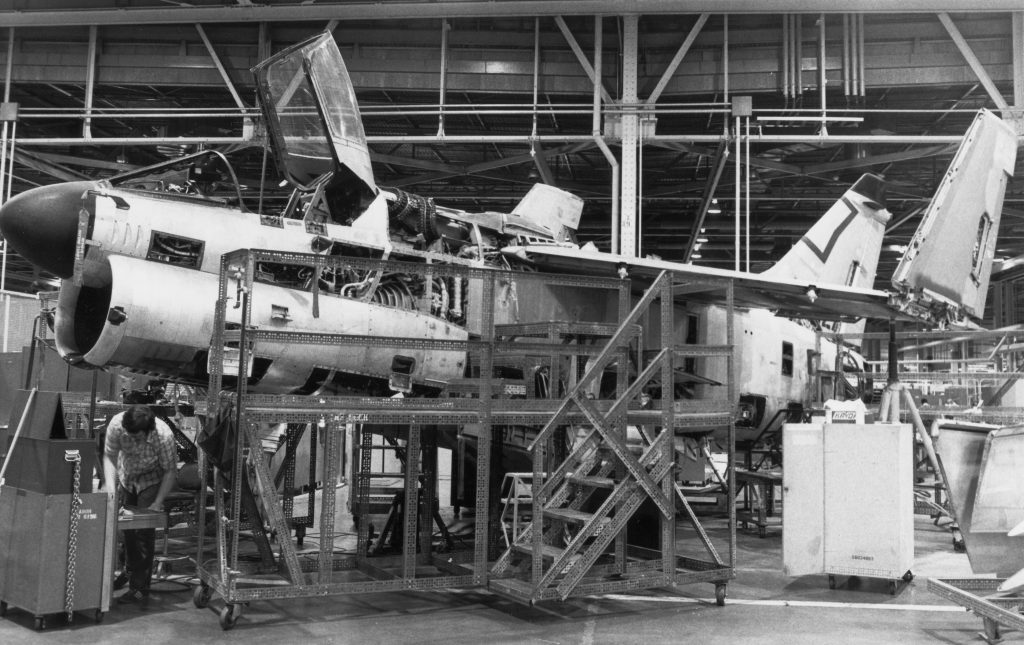
Ling-Tempco-Vaught A-7D Corsair-2, April 1982, Tinker AFB, Oklahoma. Photo via Tinker Air Force Base History Office.
LTV A-7D Corsair II, isochronical maintenance at Tinker Air Force Base, Oklahoma, April 1982.
Apparently the USAF version of the A-7 Corsair-2 is one of the most loved ground attack aircraft, especially by the folks in Oklahoma; from November 1966, when Tinker AFB’s Oklahoma City Air Materiel Area was assigned all logistics management responsibility for the A-7D, to its final days with the Oklahoma Air National Guard in 1993 (to be replaced by the F-16).
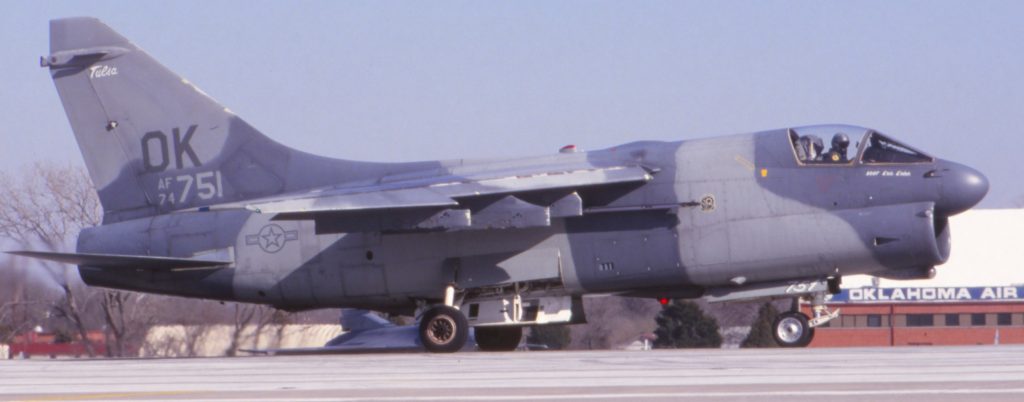
125th Tactical Fighter Squadron, 138th Tactical Fighter Group, Oklahoma Air National Guard in 1992. Photo via Greg L. Davis.
Oklahoma ANG A-7D ‘Tulsa’, during training in 1992.
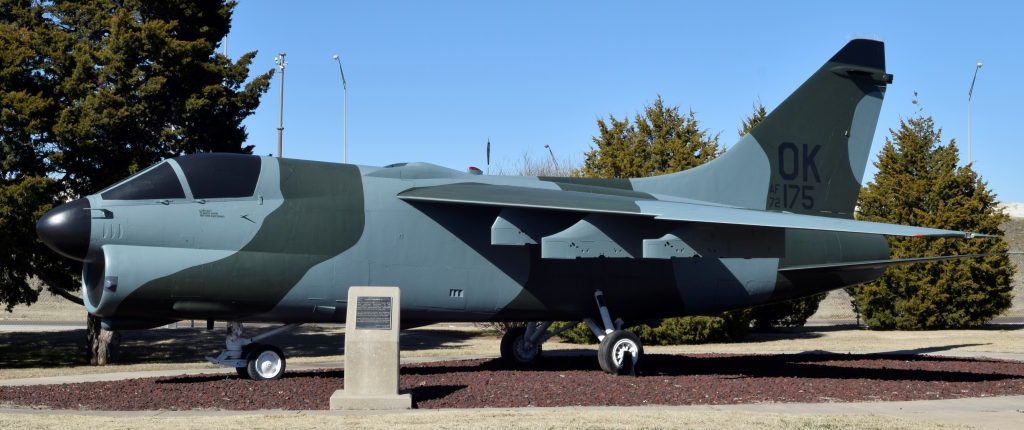
Oklahoma Air National Guard A-7D on display in the Charles B. Hall Memorial Air Park, 2017. U.S. Air Force photo by Greg L. Davis.
Oklahoma isn’t the only National Guard unit to fly the A-7 during its official last days, and even some National Guard units are still using their A-7s for other training.
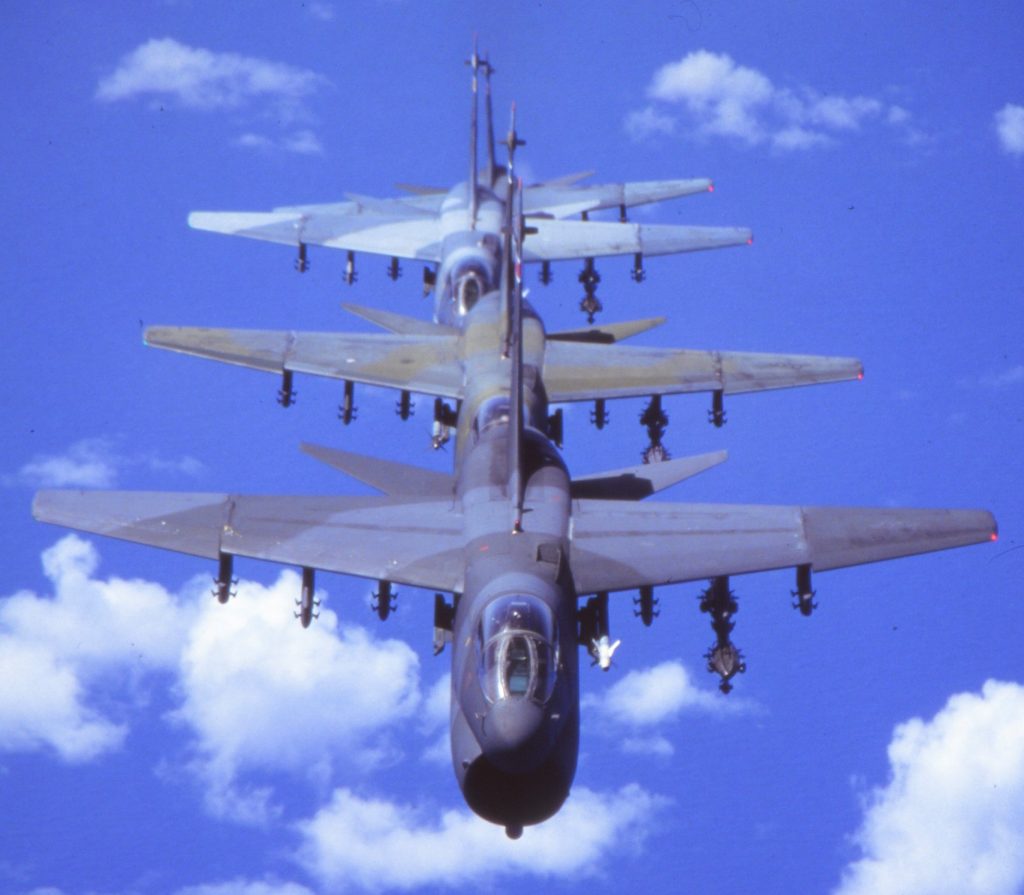
198th Fighter Squadron, 156th Fighter Group, Puerto Rico Air National Guard, 1992. Photo via Greg L. Davis.
Four A-7D Corsair IIs of the Puerto Rico Air National Guard, over the Caribbean in 1992. Puerto Rico’s Air National Guard used A-7Ds up-till 1993.
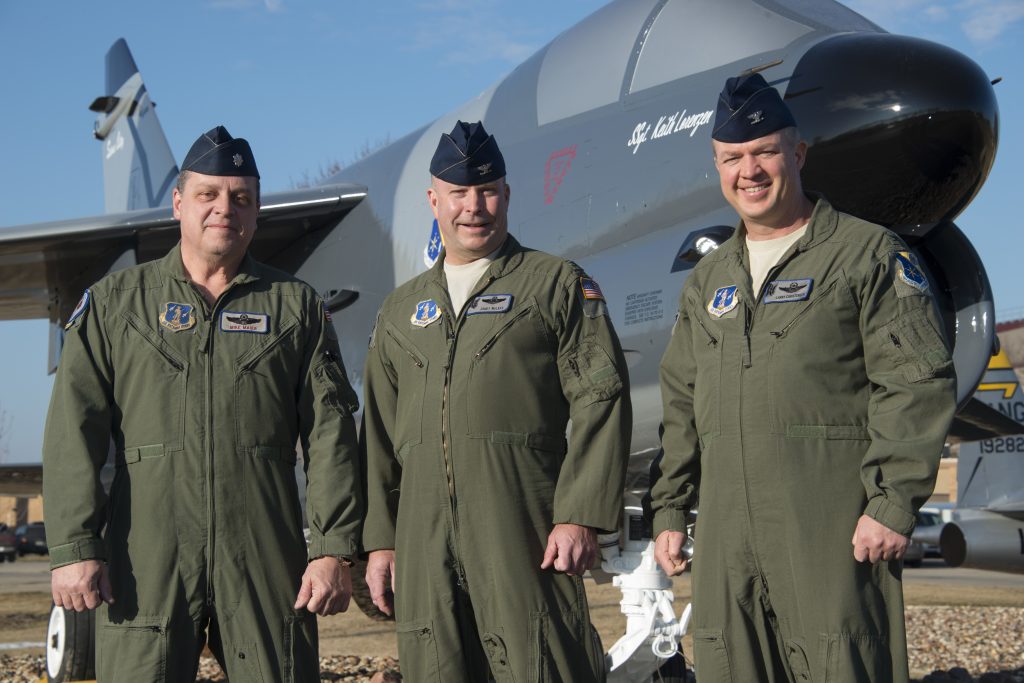
Iowa Air National Guard photo by Master Sergeant Vincent De Groot.
Three happy Iowa National Guard pilots pose in front of an A-7D ‘gate guard’, 17MAR2017. Mike Maier, Jim Walker and Larry Christensen were the last of Iowa’s A-7 pilots that, as of 2017, were still serving with Iowa Air National Guard.
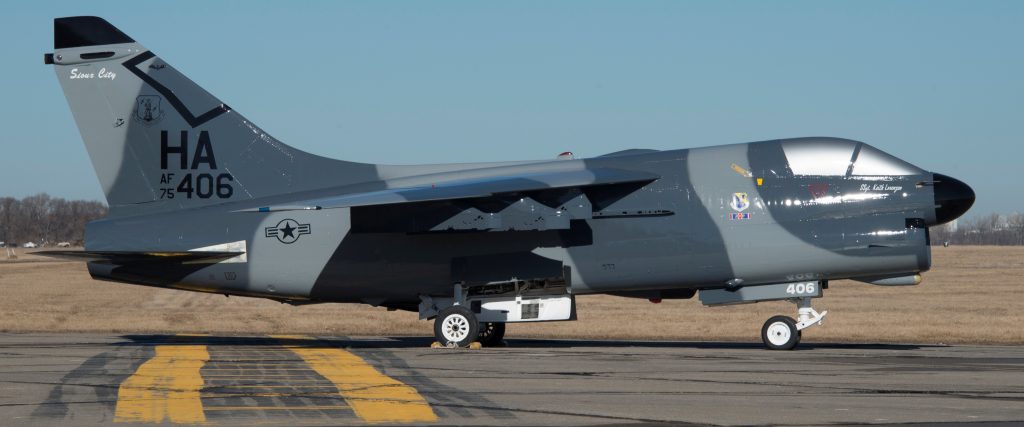
Iowa Air National Guard photo by Master Sergeant Vincent De Groot, 17MAR2017.
Freshly painted gate guard, A-7D ‘Sioux City’ of the Iowa Air National Guard.
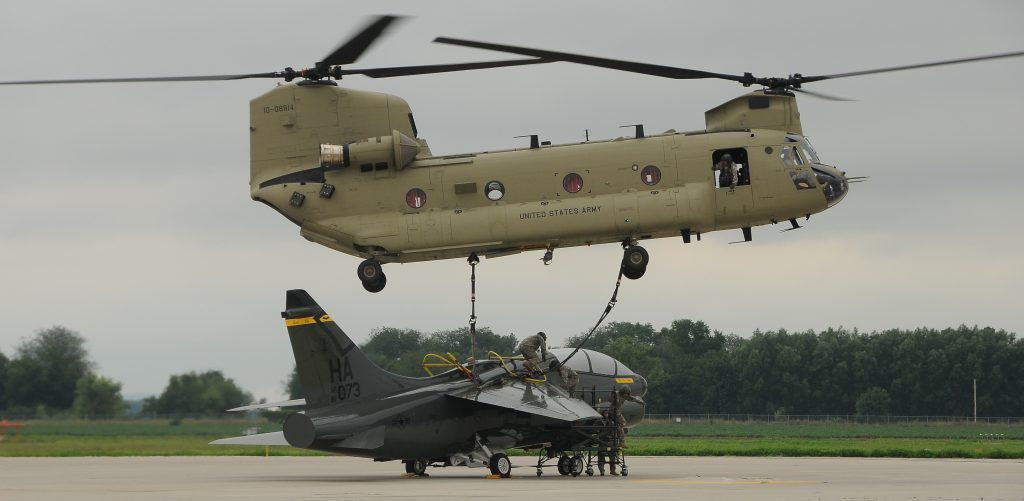
Iowa Air National Guard photo by Master Sergeant Vincent De Groot.
In 2013 the Iowa Air and Army National Guard decided to sling-load a two seat A-7 gate guard with a CH-47F Chinook.

Iowa Air National Guard photo by Master Sergeant Vincent De Groot.
At the beginning of the video is a boring press conference, then the sling load, and then somehow some old film of an A-7 (BAT 12) strafing a tank on a USAF bombing range:
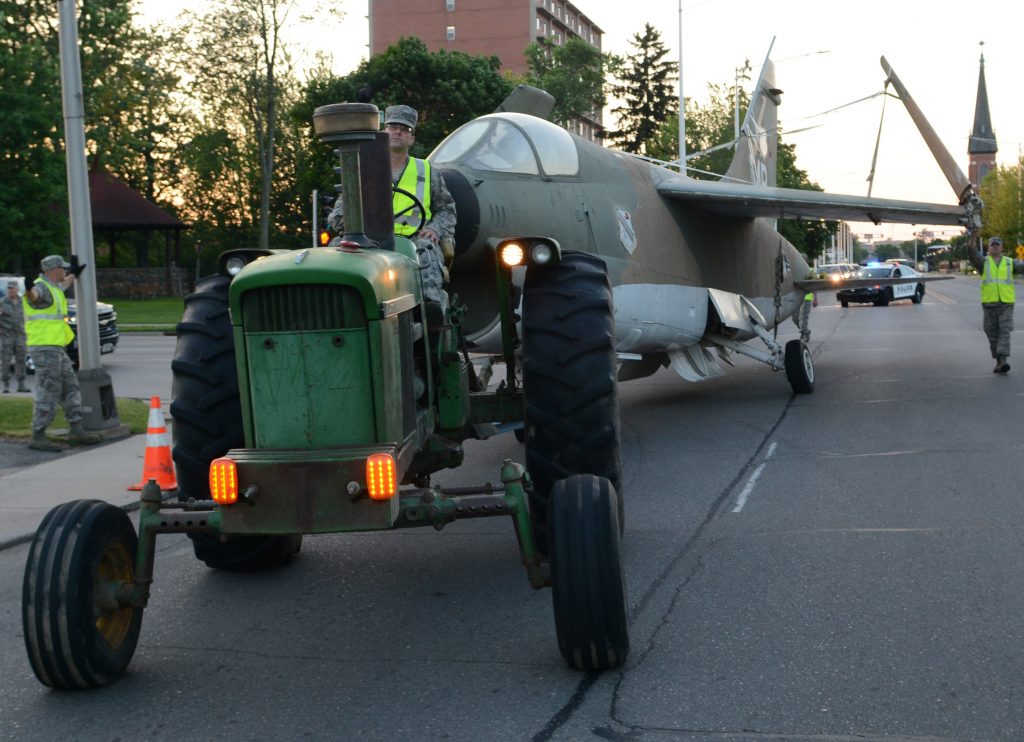
Wisconsin Air National Guard photo by Technical Sergeant Meghan Skrepenski, 13JUN2017.
The Wisconsin Air National Guard used this ‘gate guard’ to practice ‘downed aircraft recovery’ in June 2017. Note that the recovery vehicle is an old John Deere 4020 that (according to the press info) is three years older than the 1969 issue A-7. Apparently the scenario involved a military aircraft that crashed in Wausau: “Planning this movement took approximately two years from initial concept to movement completion. This movement provided a chance to deal with something that we wouldn’t normally be able to do…”-Master Sergeant Michael J. Schmidt, 115th Fighter Wing
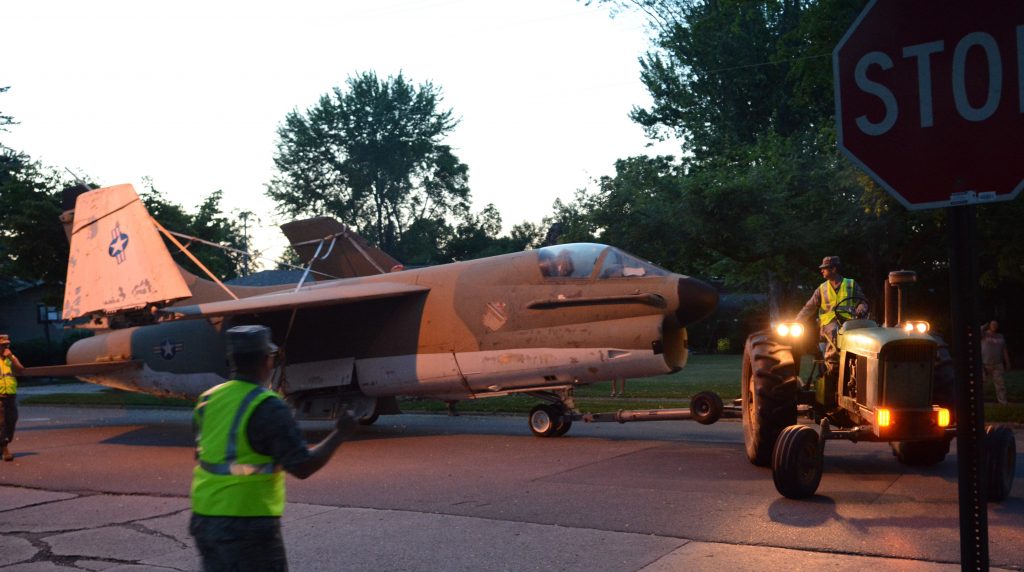
Wisconsin Air National Guard photo by Technical Sergeant Meghan Skrepenski, 13JUN2017.
Note the U.S. Navy refuel probe on the nose of the A-7 painted in USAF/National Guard colors. Apparently the only USAF A-7 that had the USN refueling probe was the prototype YA-7D, which served at Edwards Air Force Base until retired to AMARC in 1992. So is this a USN A-7 acquired for Air National Guard gate guard duty, or is it one of two YA-7D prototypes?
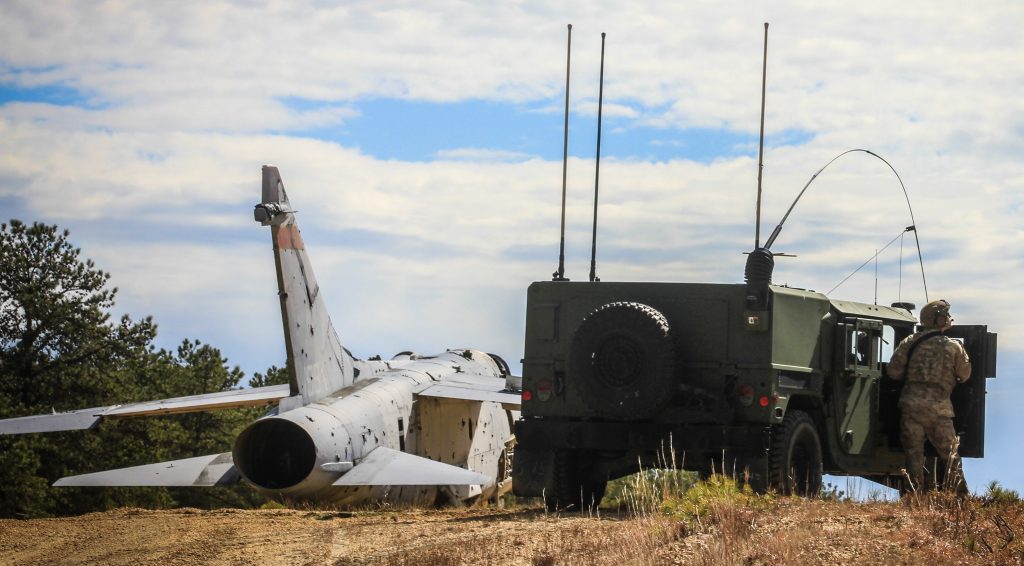
New Jersey Army National Guard photo by Staff Sergeant Nicholas Young.
In March 2017, New Jersey Air National Guard TACPs (Tactical Air Control Party )used a shot-up A-7 during a training event with Maryland Air Guard’s A-10 Thunderbolt-2s, at Warren Grove Gunnery Range.
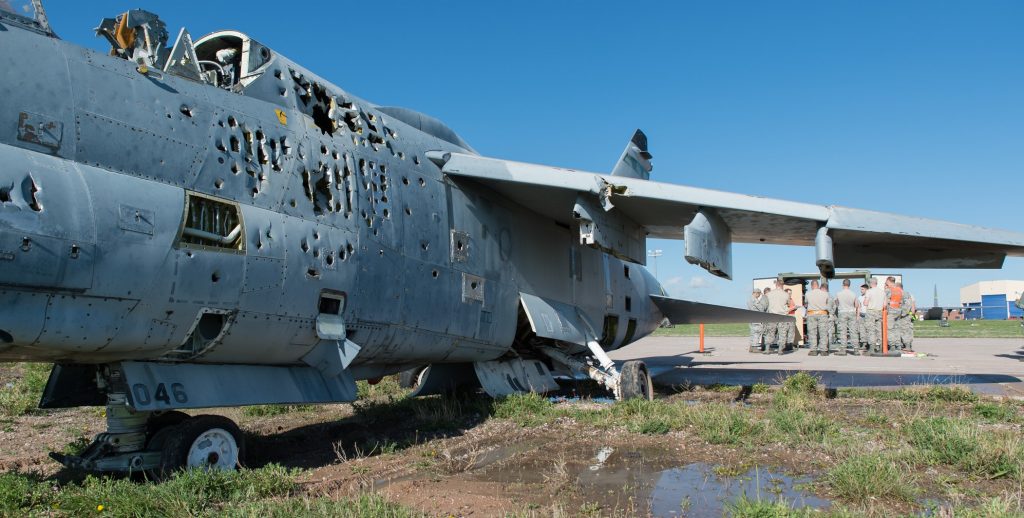
Wyoming Air National Guard photo by Senior Master Sergeant Charles Delano.
In May 2017, Wyoming Air National Guard conducted aircraft recovery training with this shot-up A-7D that was literally ‘down in the mud’.
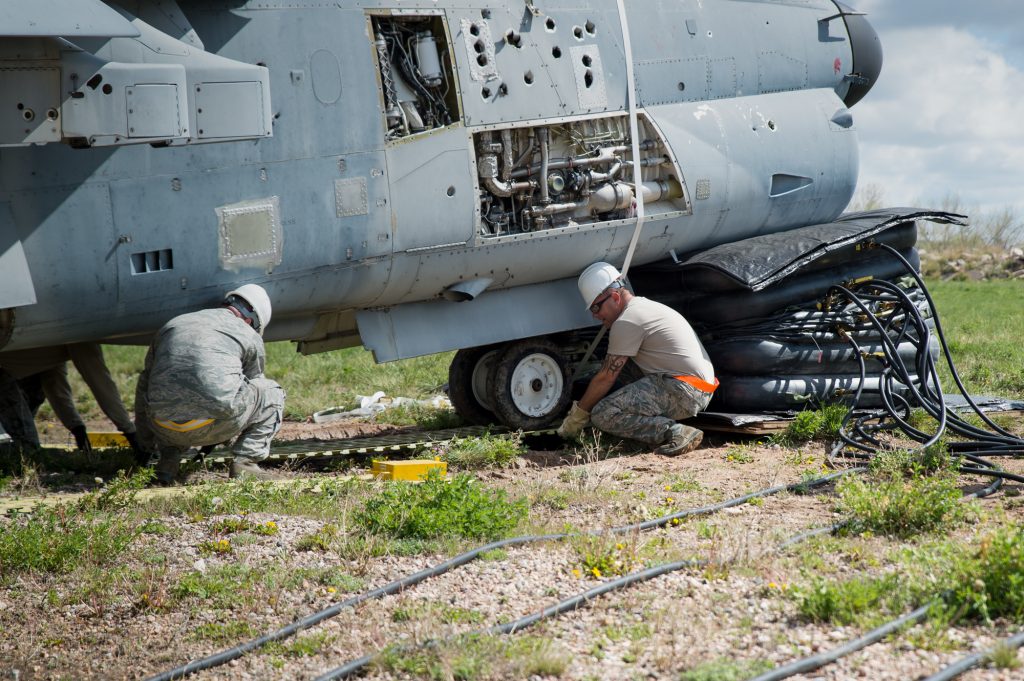
Wyoming Air National Guard photo by Senior Master Sergeant Charles Delano, 11MAY2017.
They had to use airbags to raise the SLUF and use PSP/Martson Mat style steel plank to get it rolling out of the mud: “This was the first time for me doing recovery training. My job was to help set up air bags and operate the manifold. My normal job always has some sort of data and you are going to follow the book. When a plane crashes or runs off the runway into mud, you don’t always respond in the same way.”-Senior Airman Dakota Difrancesco, 153rd Aircraft Maintenance Squadron
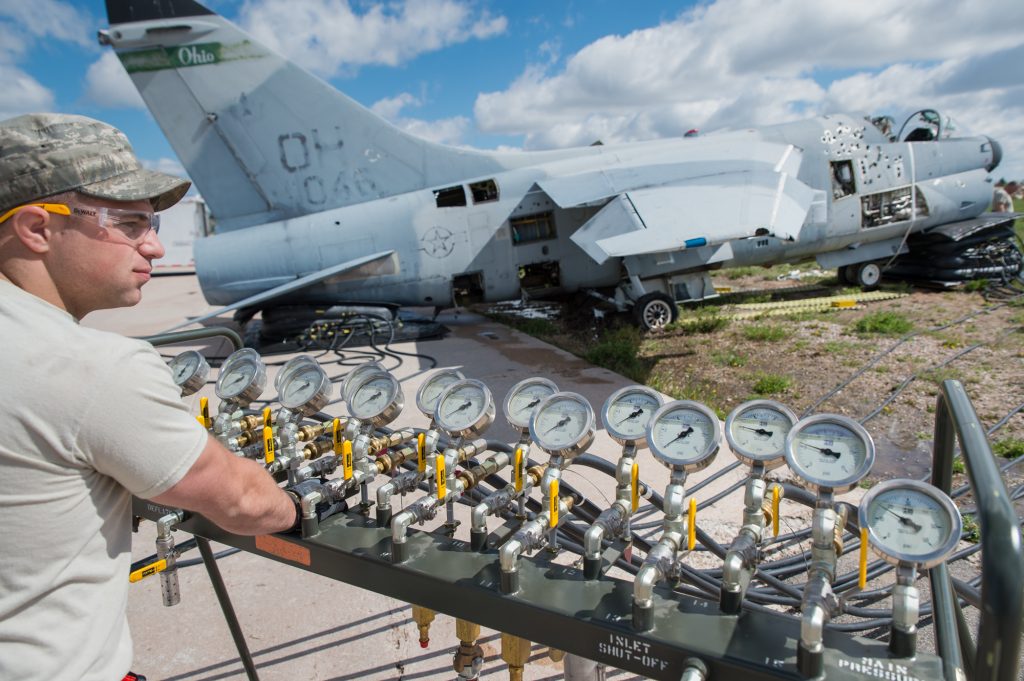
Wyoming Air National Guard photo by Senior Master Sergeant Charles Delano, 11MAY2017.
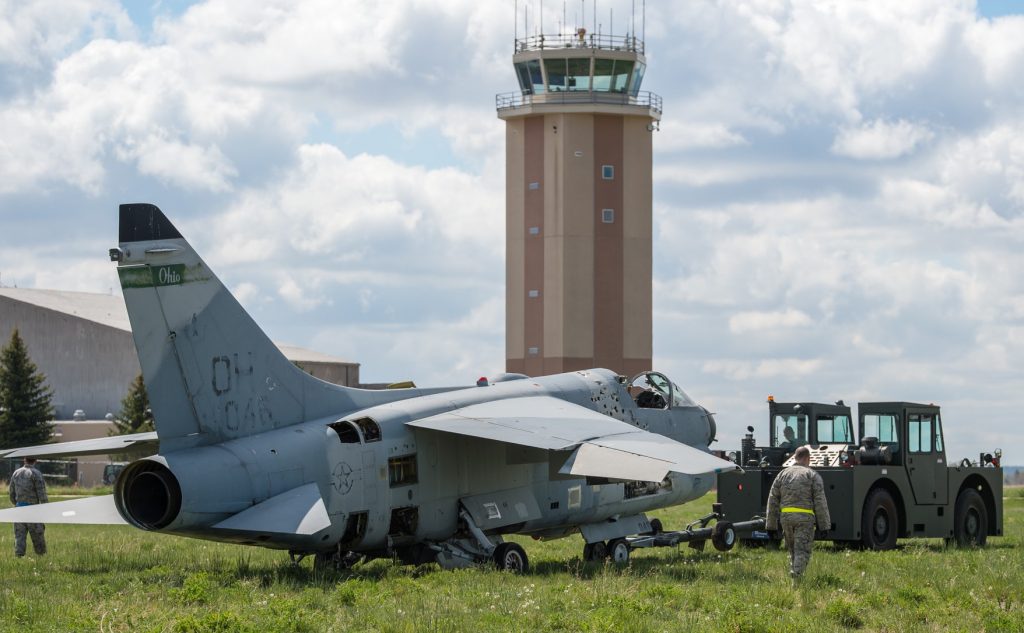
Wyoming Air National Guard photo by Senior Master Sergeant Charles Delano, 11MAY2017.
I believe the U.S. taxpayers got their money’s worth out of the A-7.
1/48 SCALE COMPARISON A-7 CORSAIR-2: AURORA, REVELL-MONOGRAM, ESCI, HASEGAWA & HOBBY BOSS.
1/72 REVISED COMPARISON A-7 CORSAIR-2: FUJIMI, ESCI, AIRFIX, HASEGAWA, MATCHBOX, REVELL & HOBBY BOSS. MORE REASON NOT TO TRUST SCALE DRAWINGS?
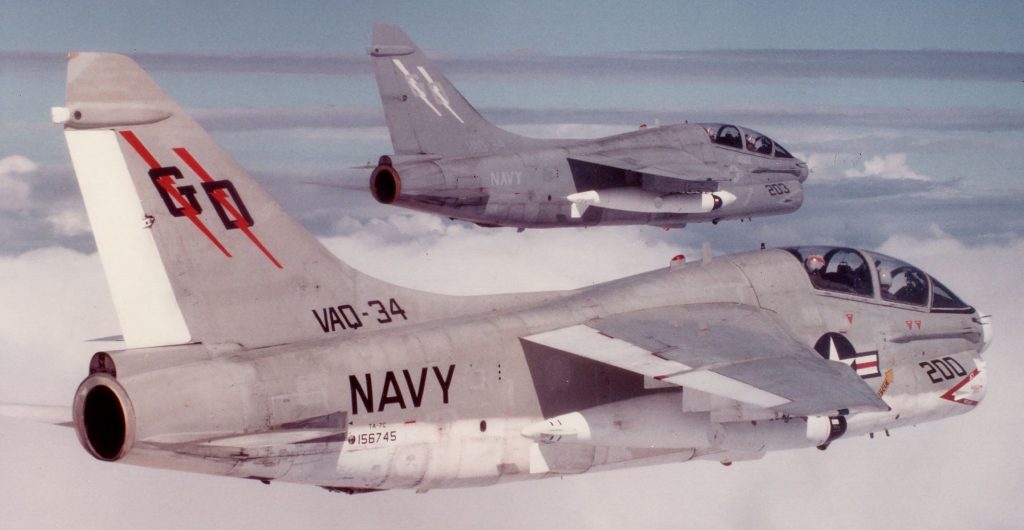
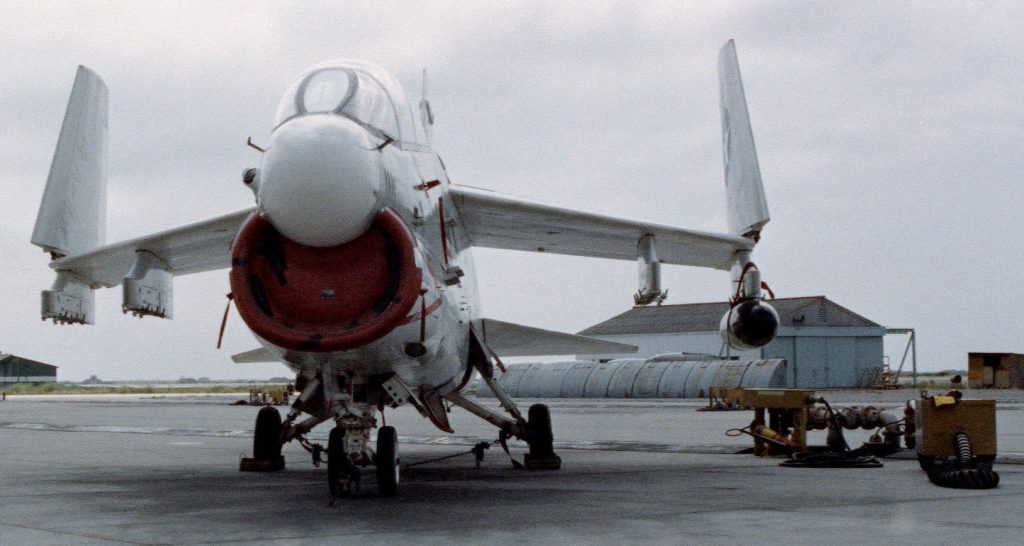
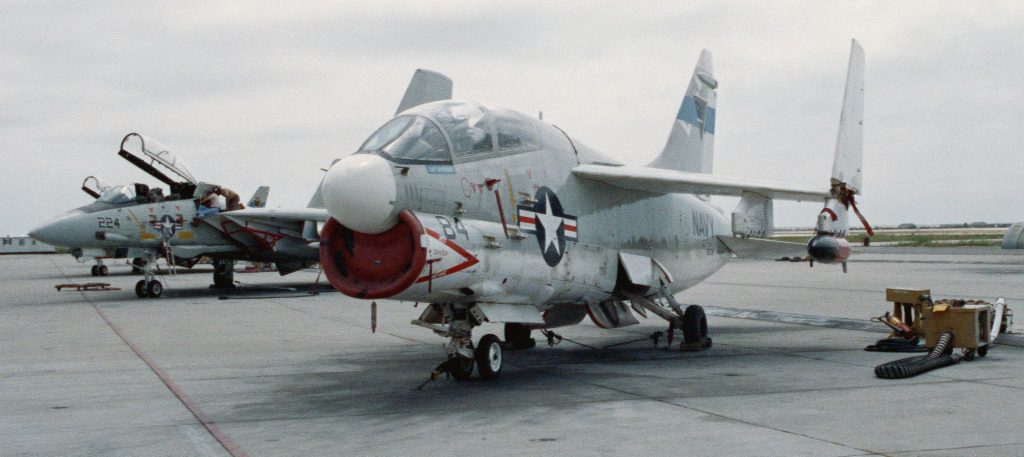
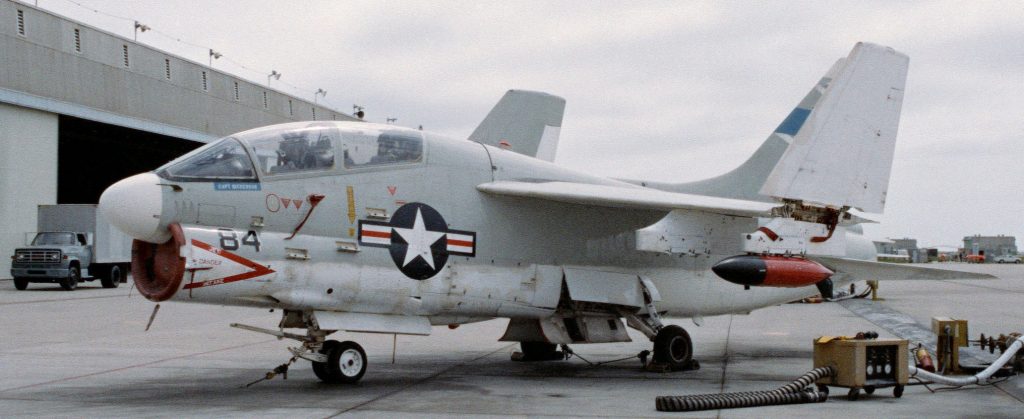
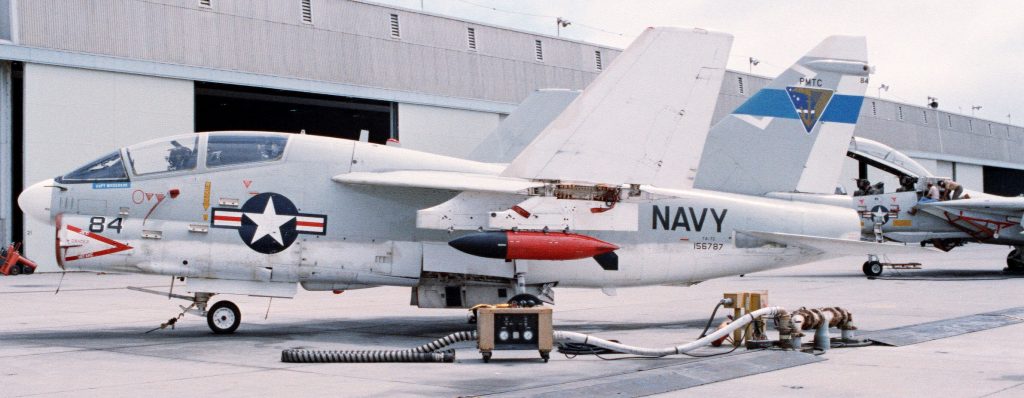
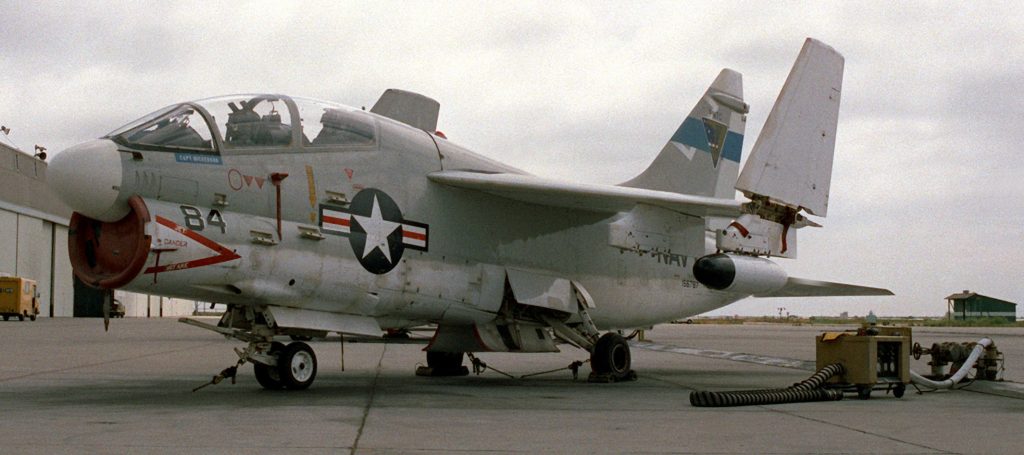
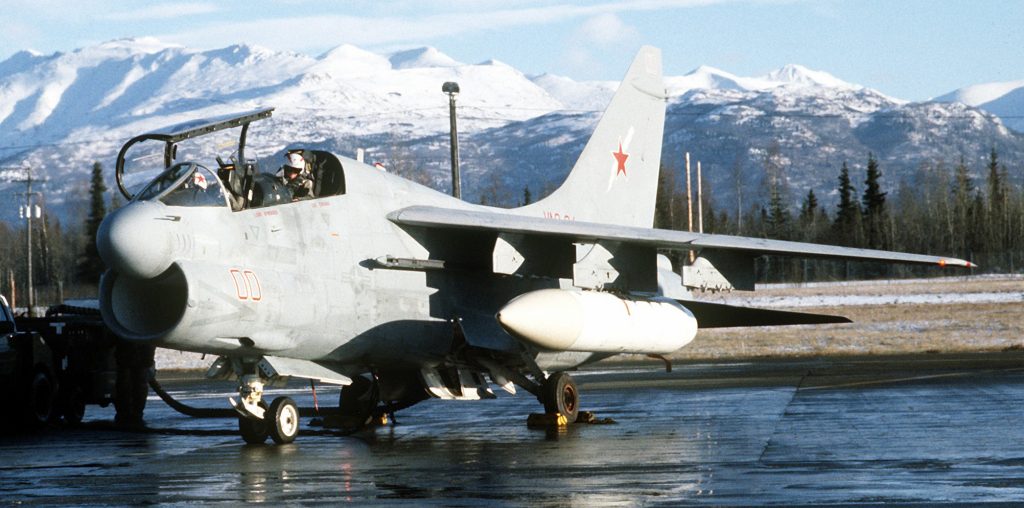
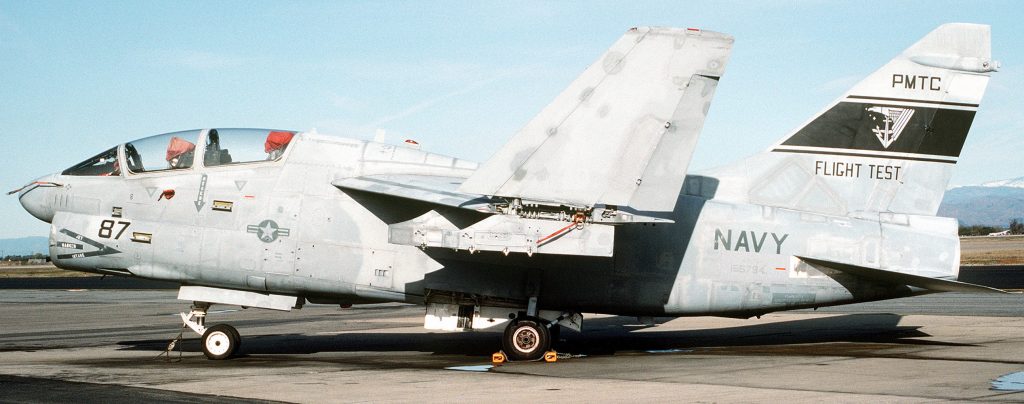
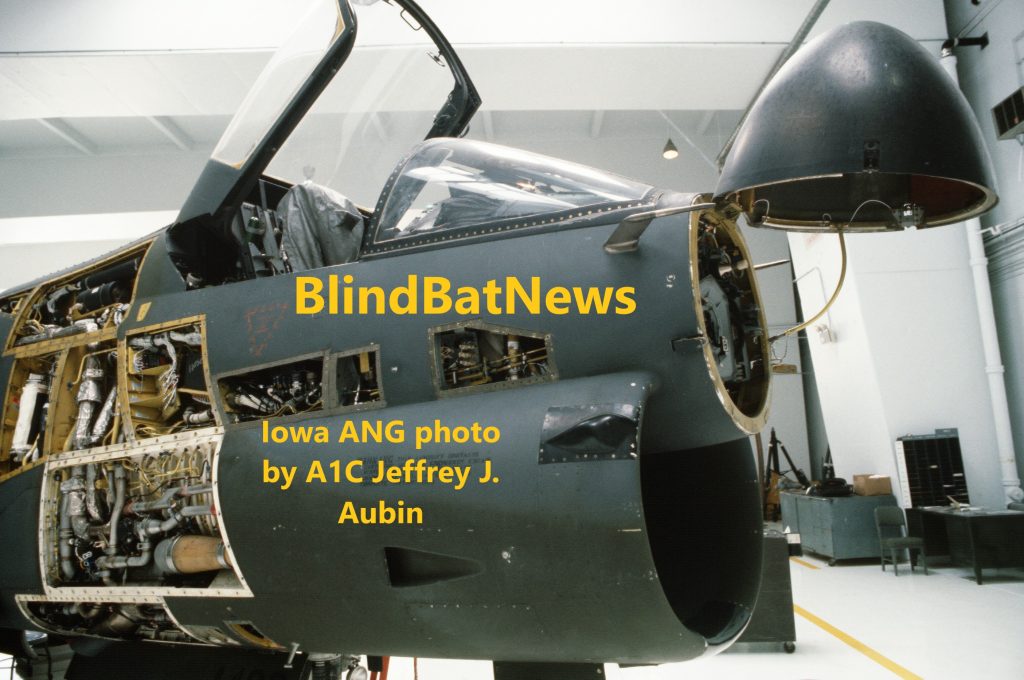 COLD WAR MAINTENANCE WALK AROUND
COLD WAR MAINTENANCE WALK AROUND
